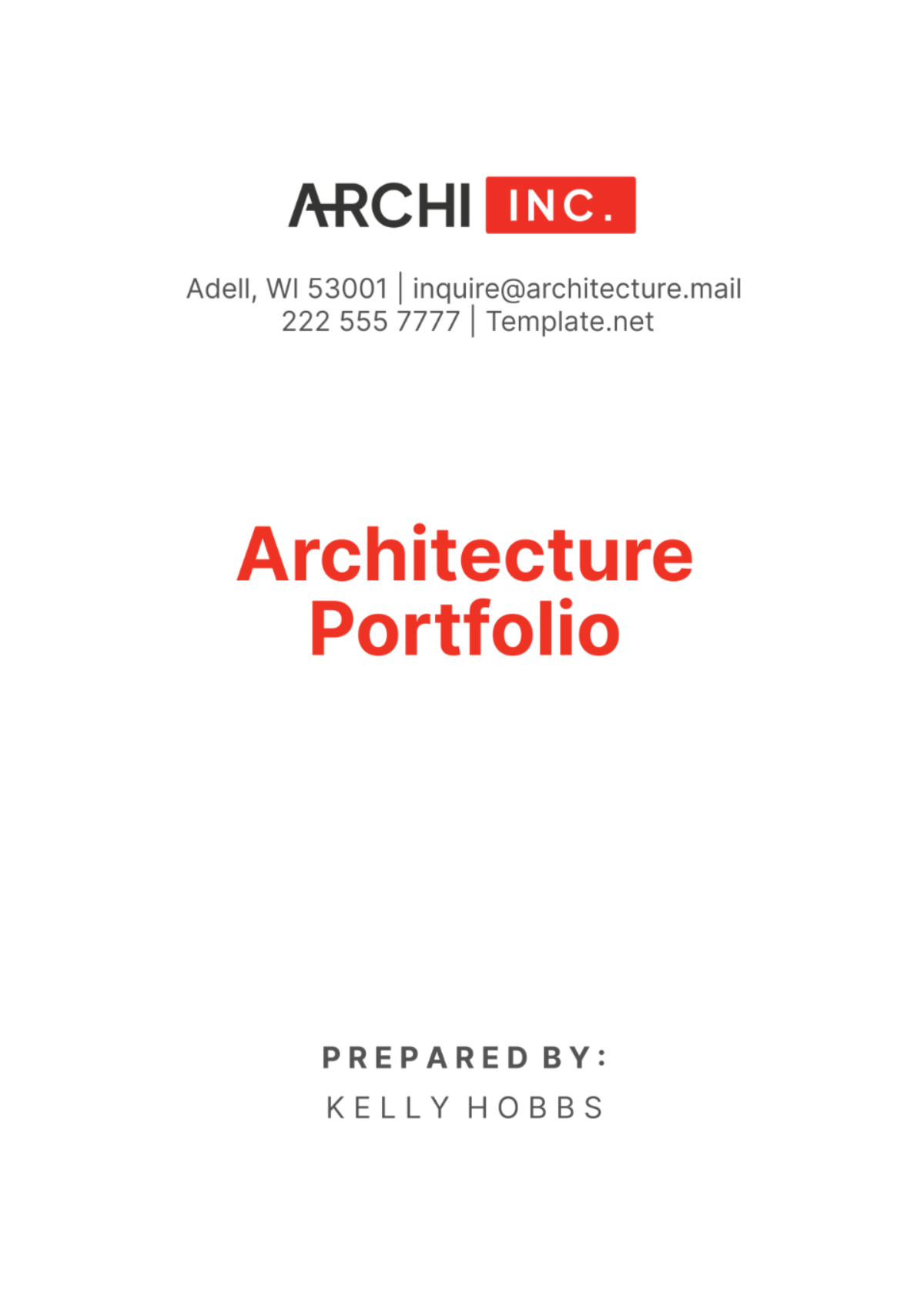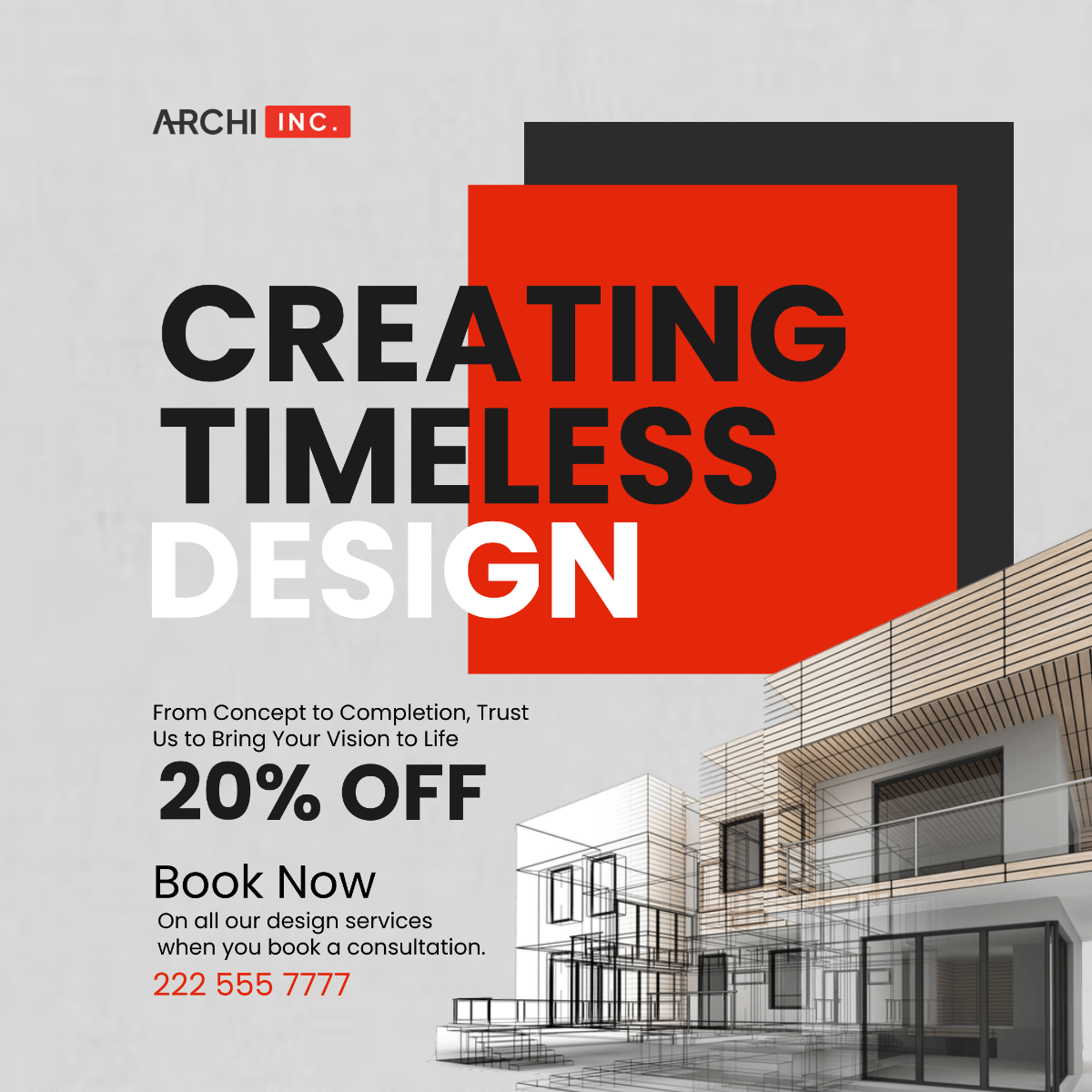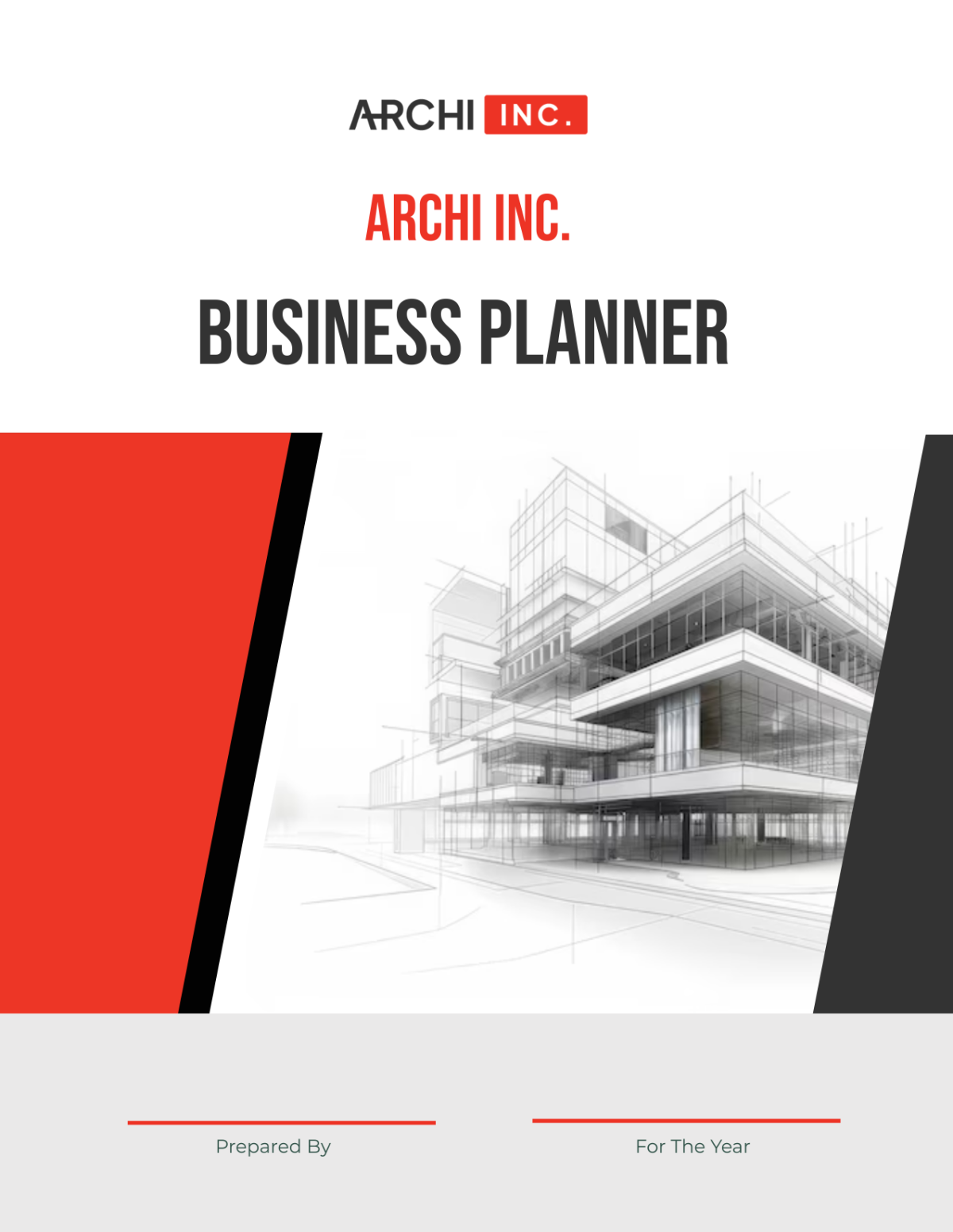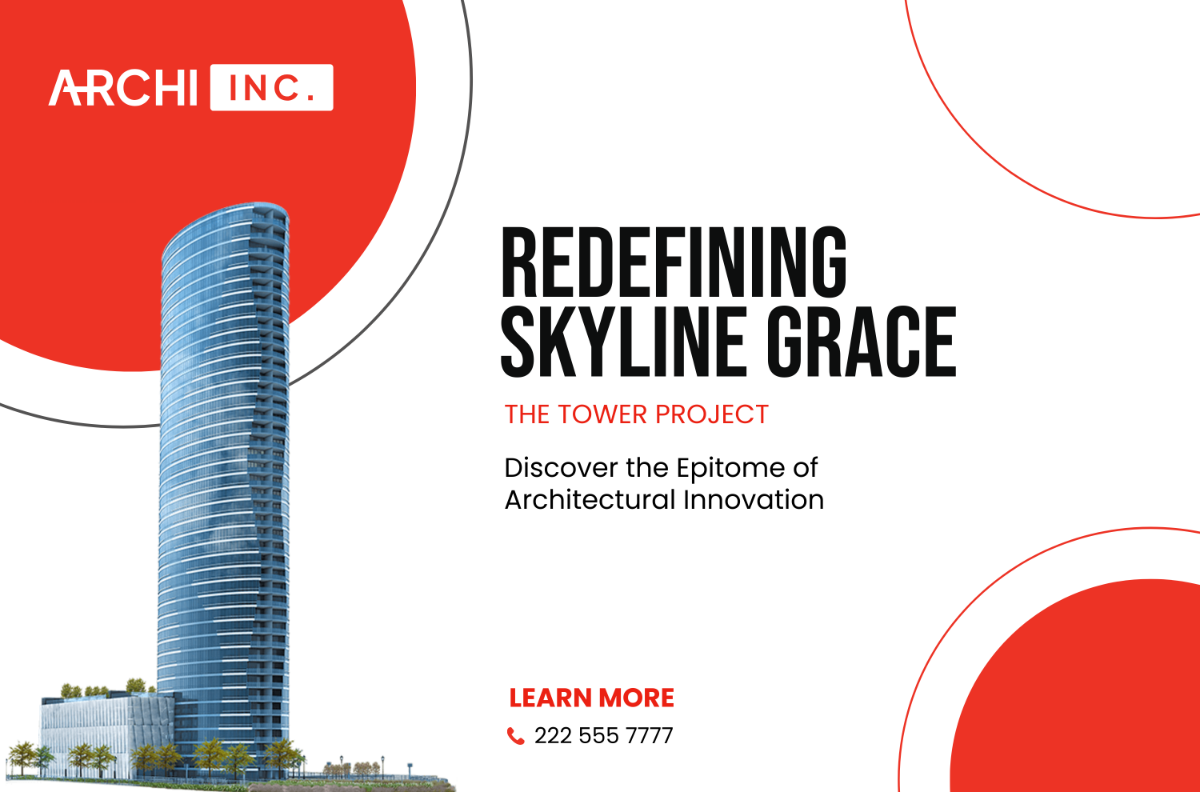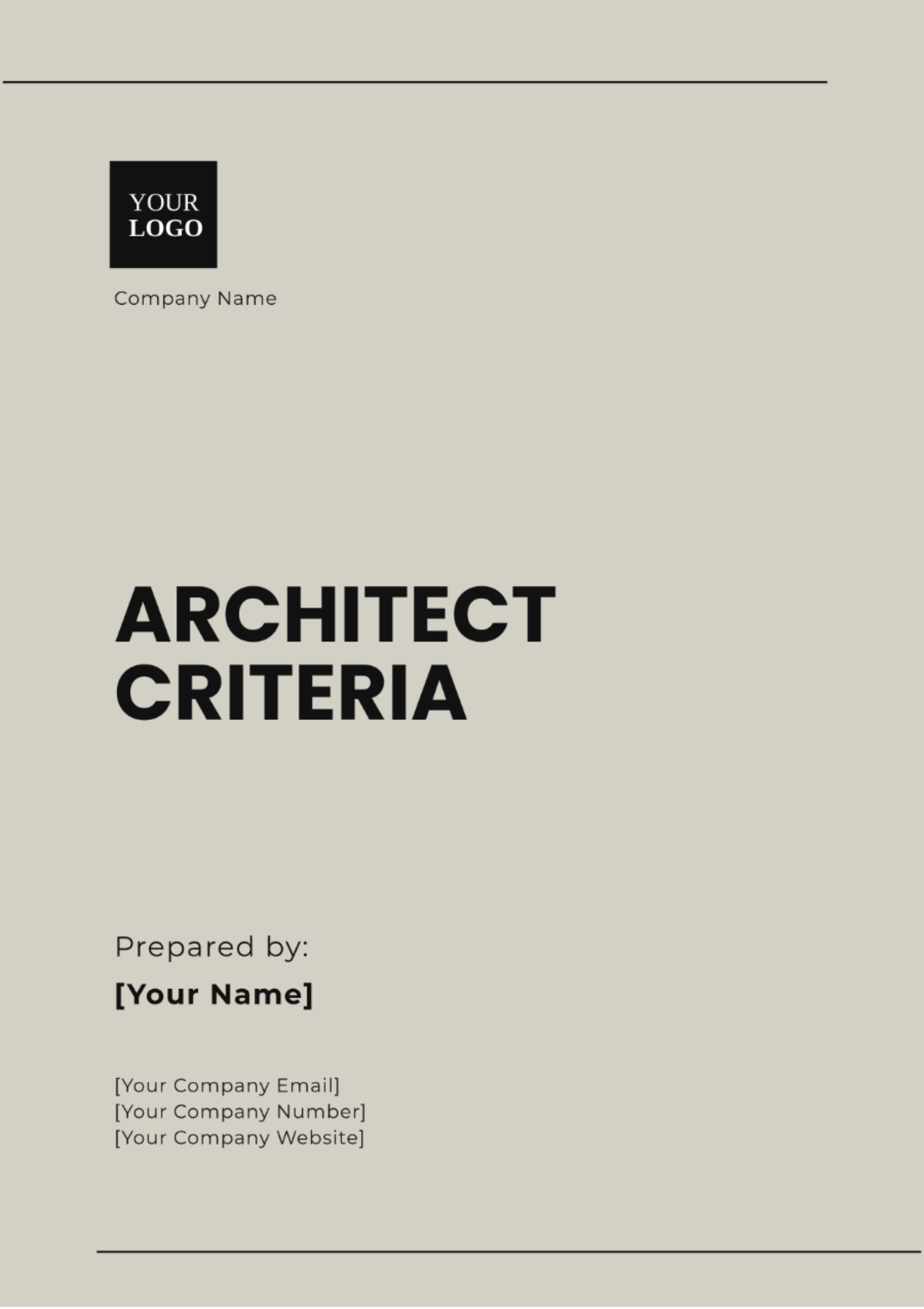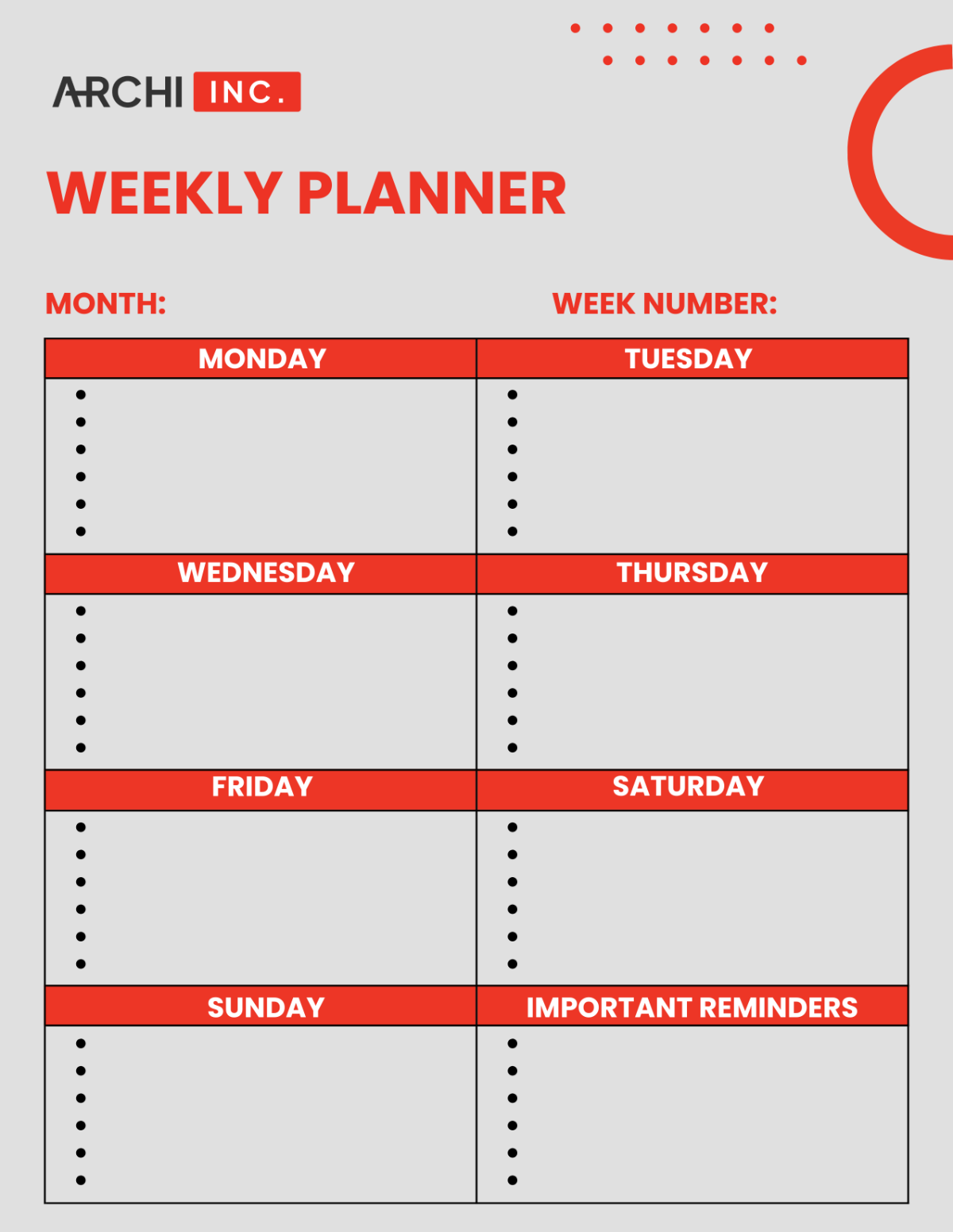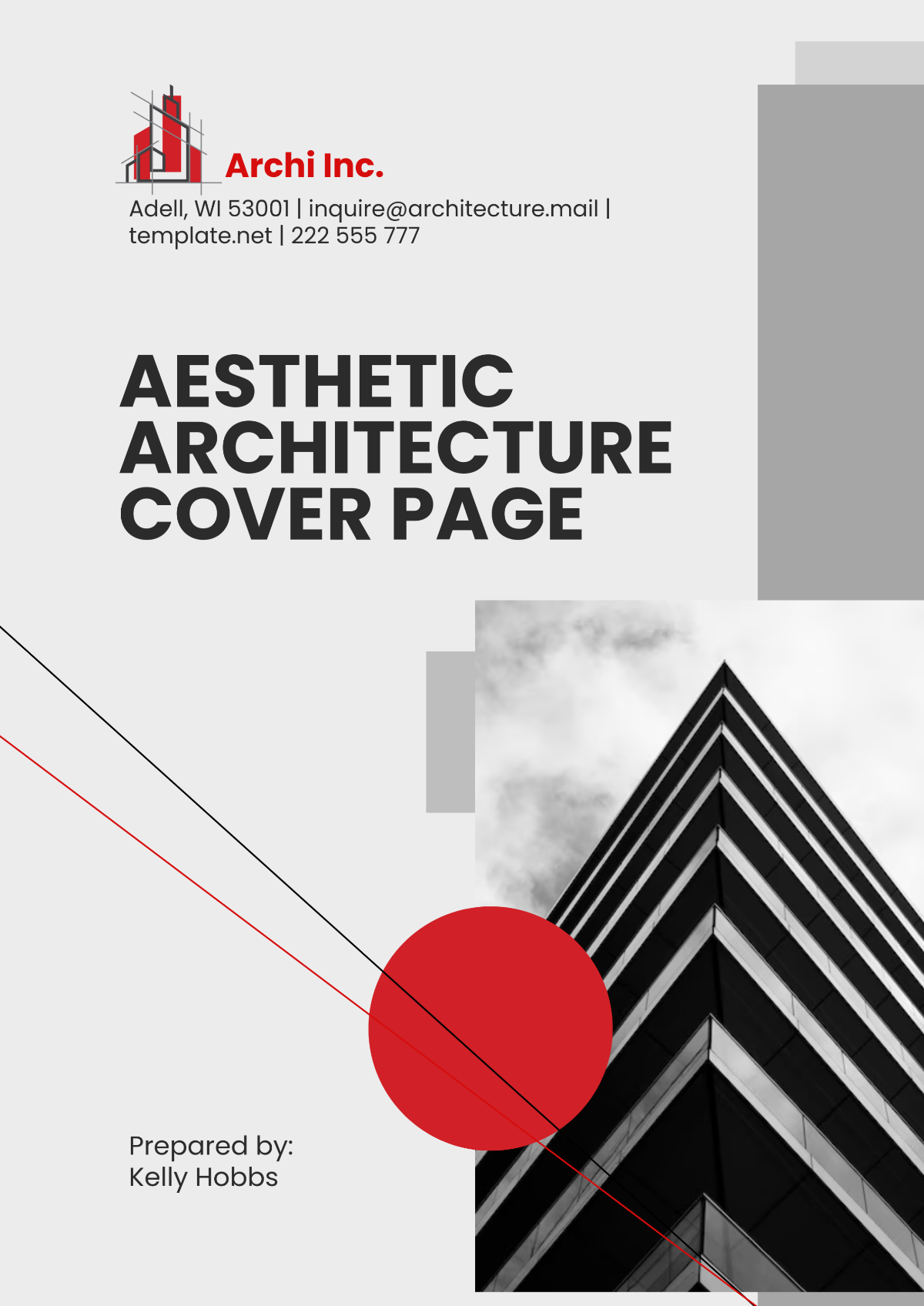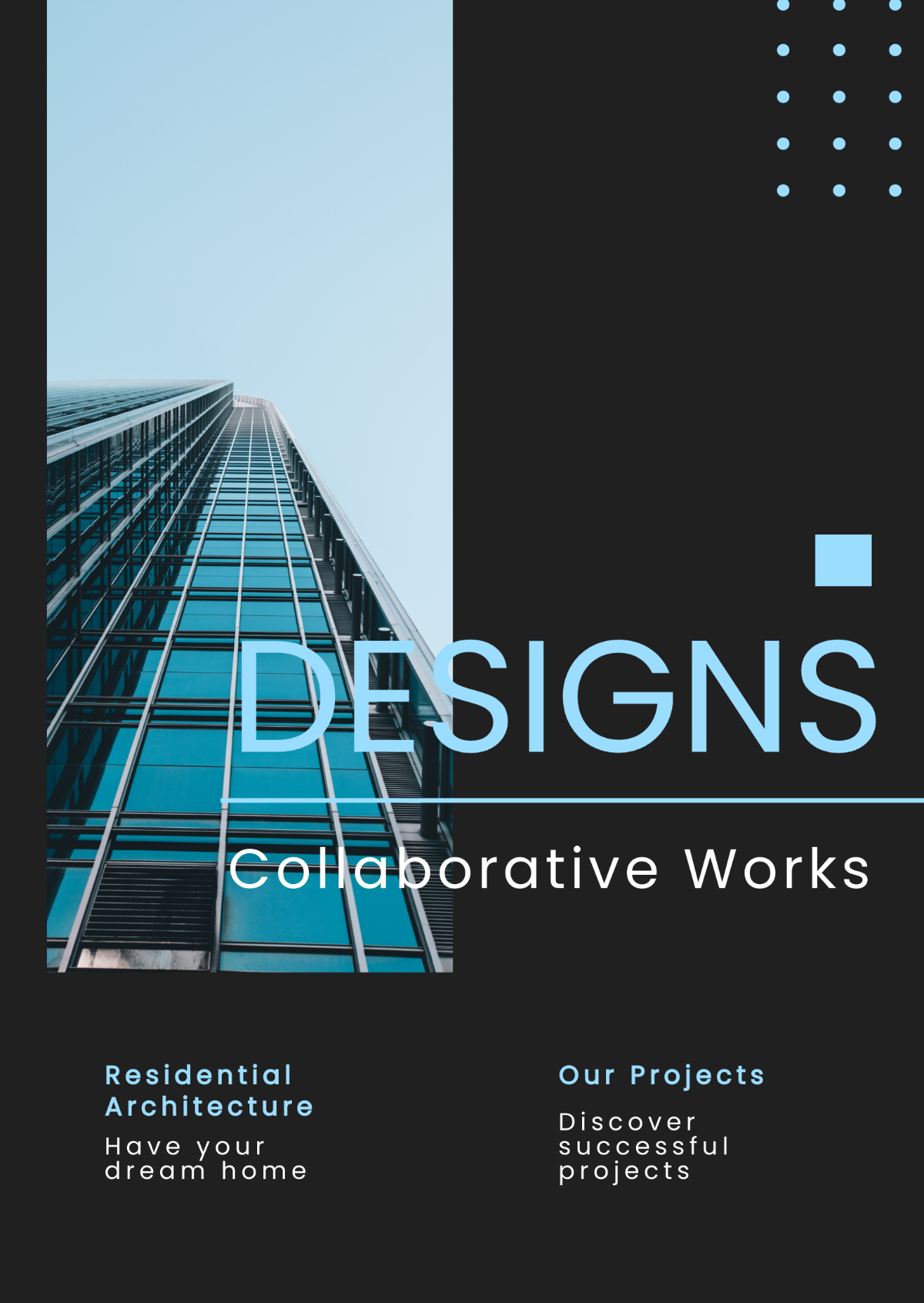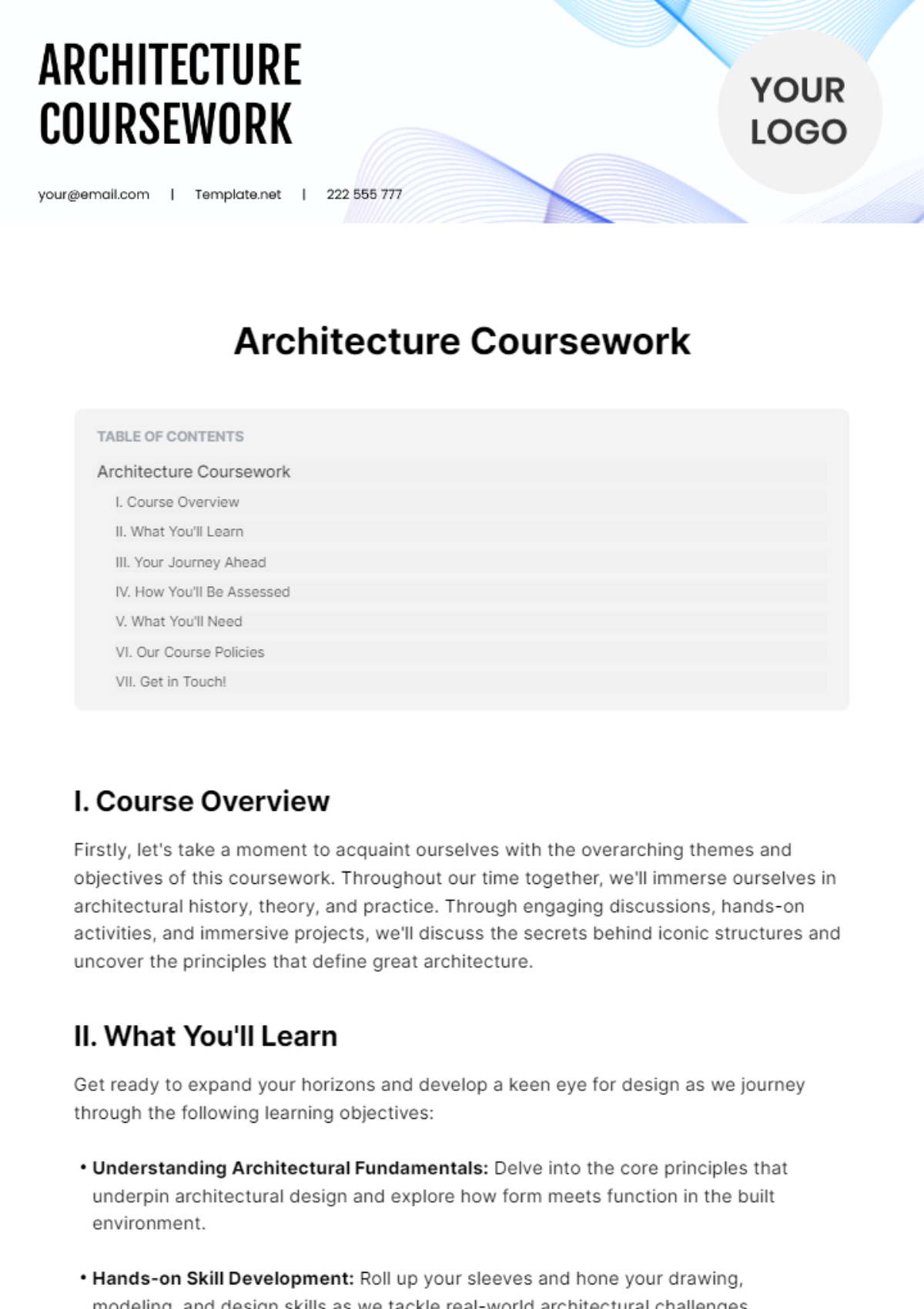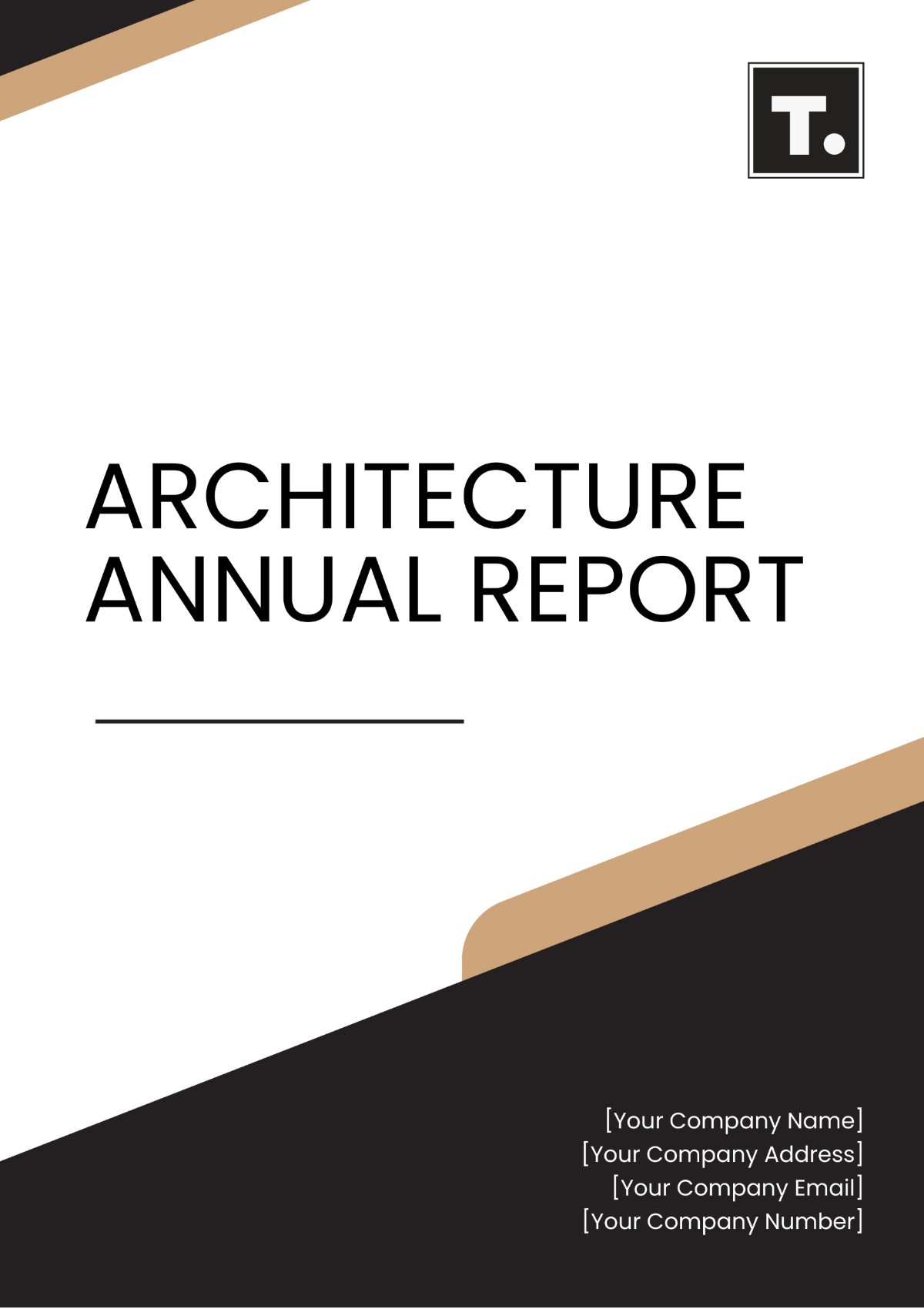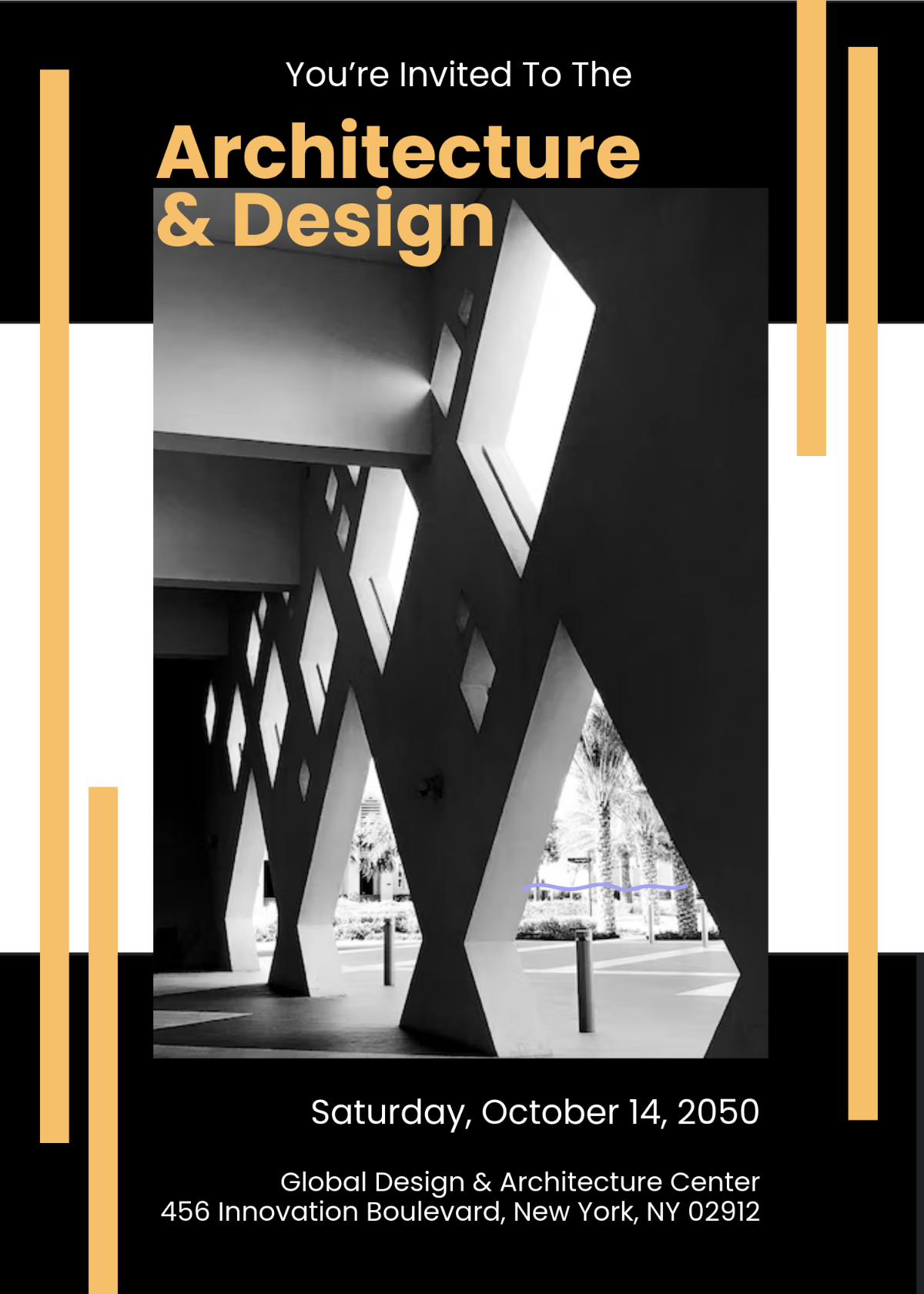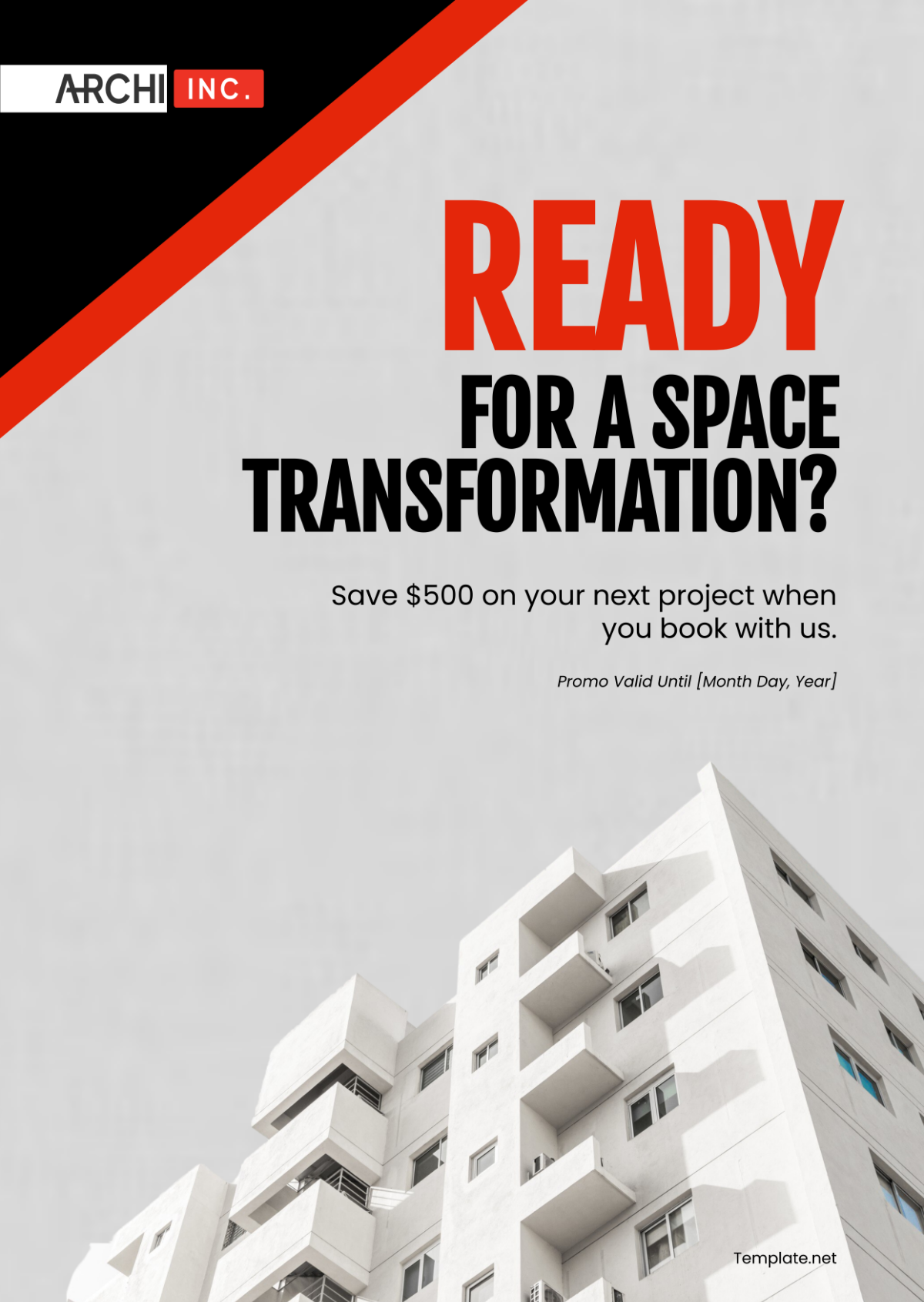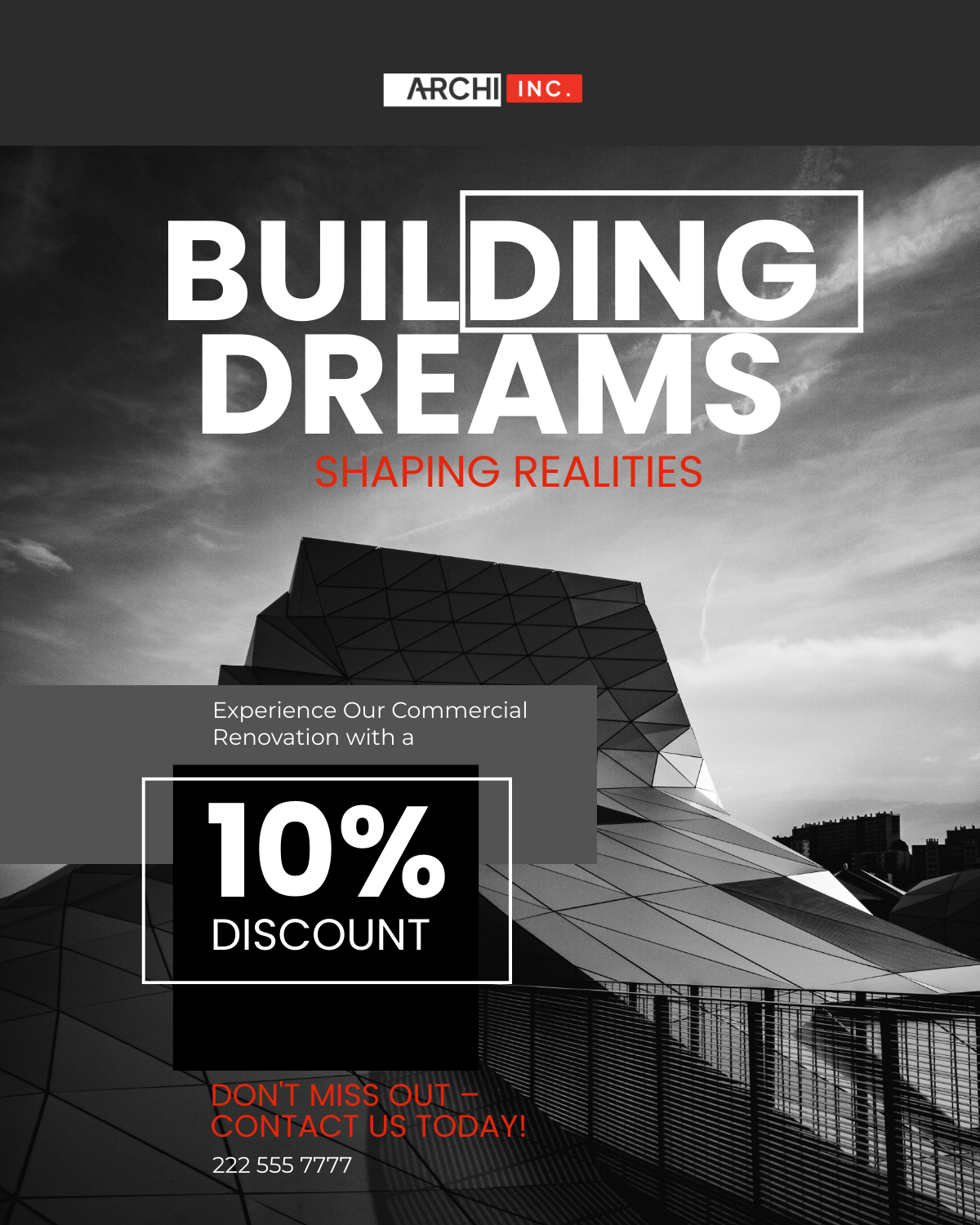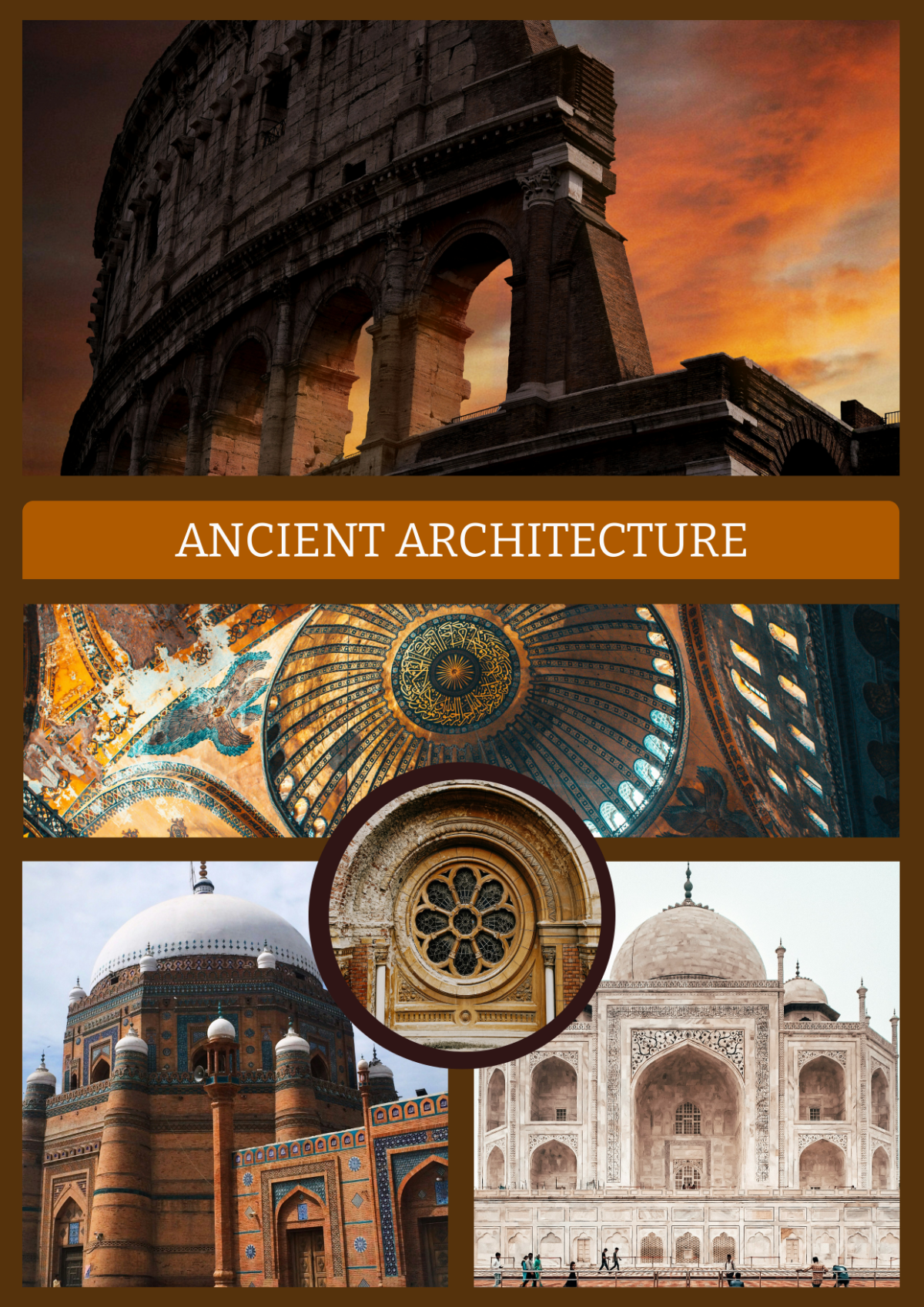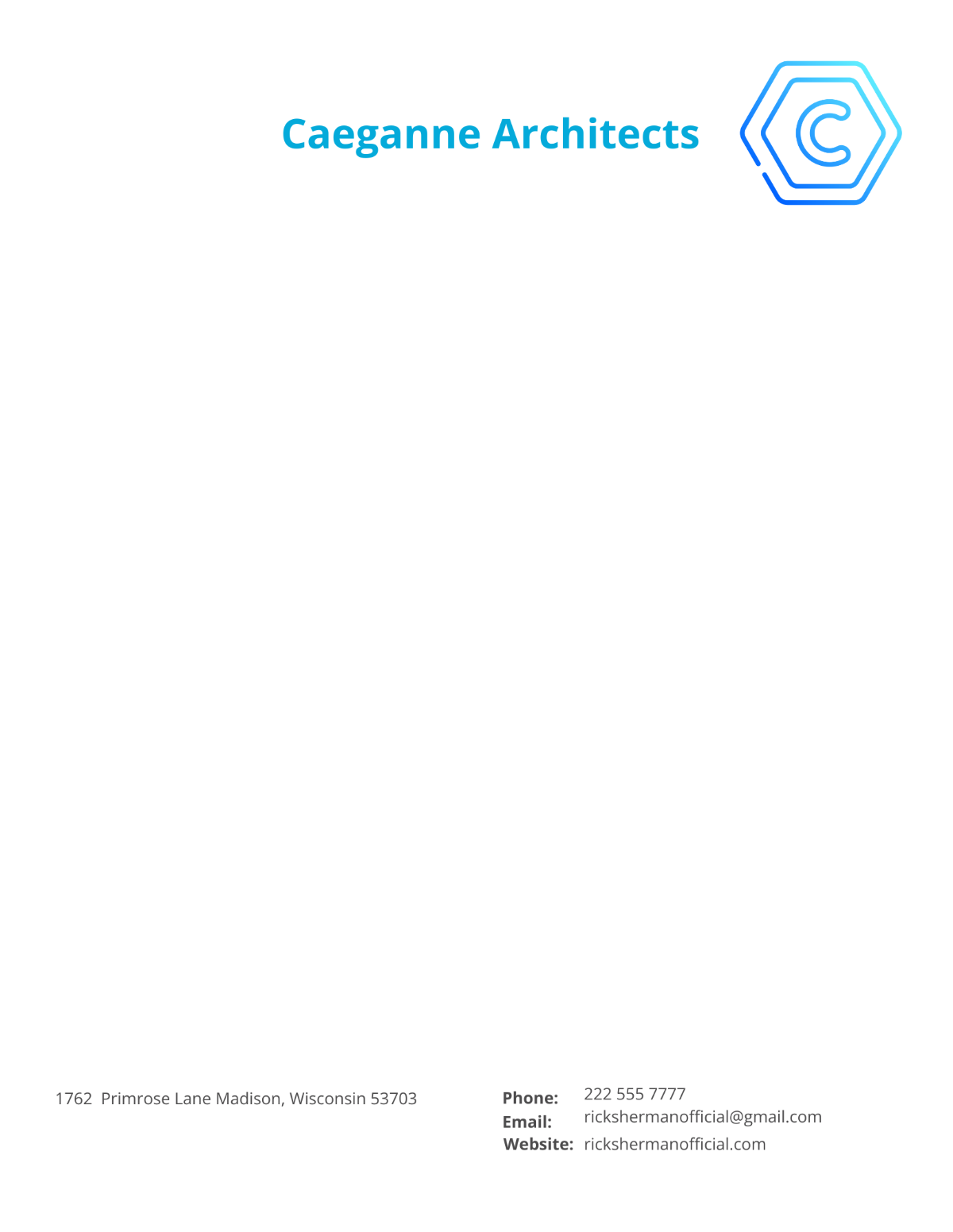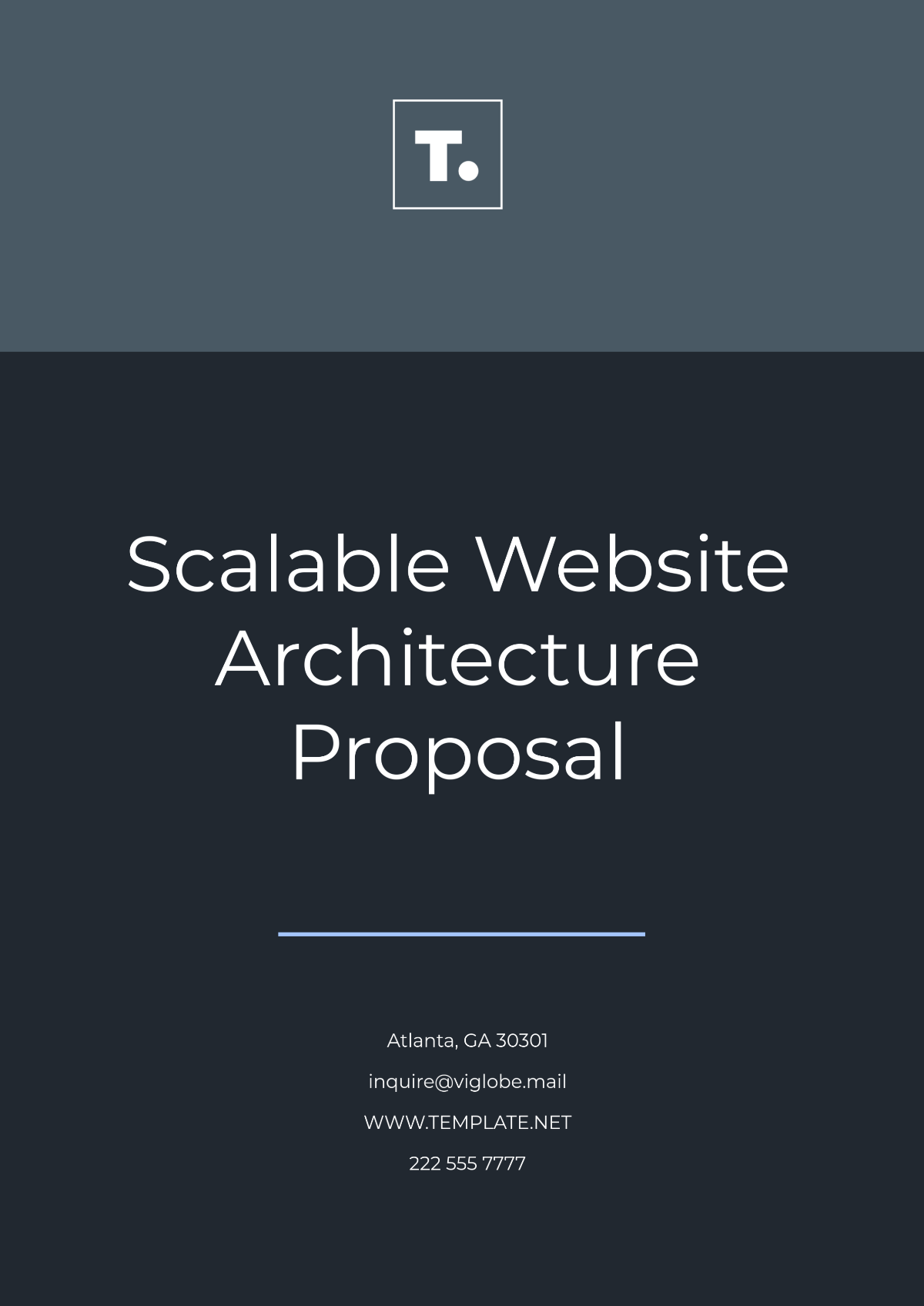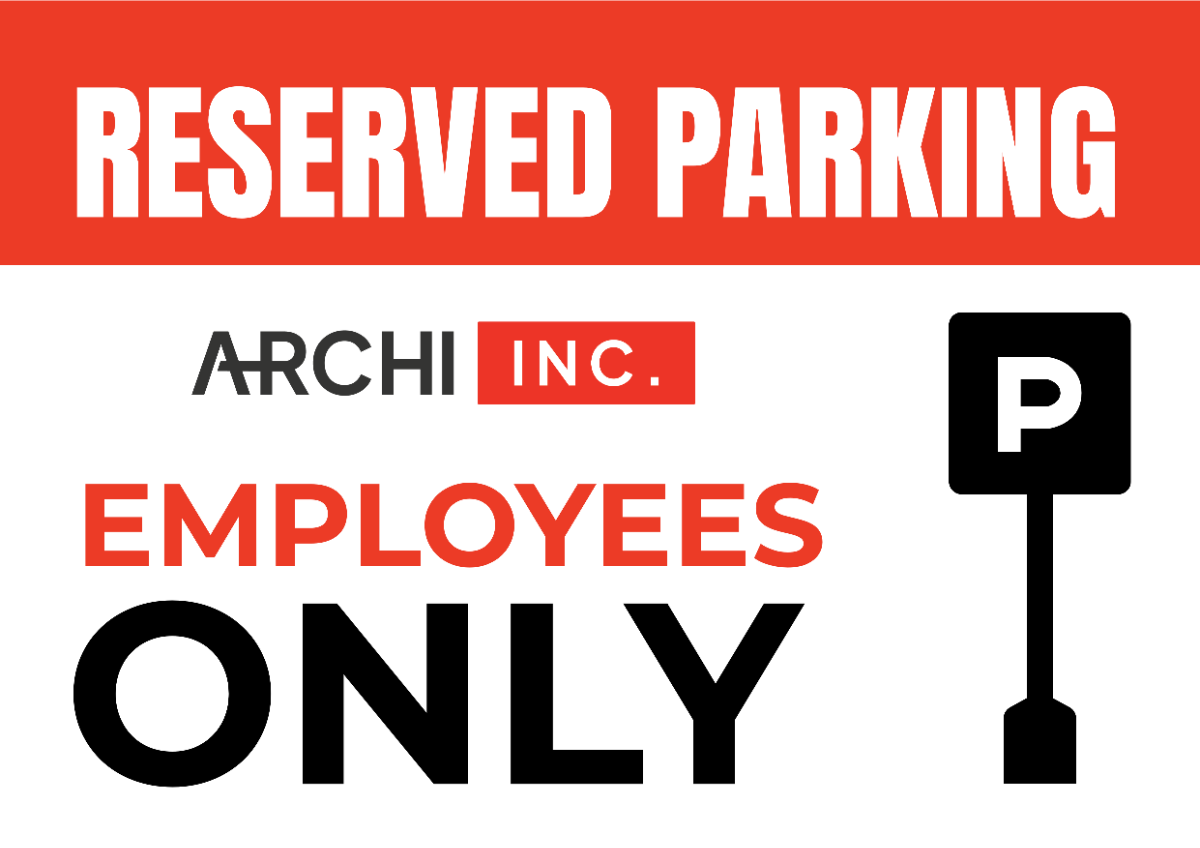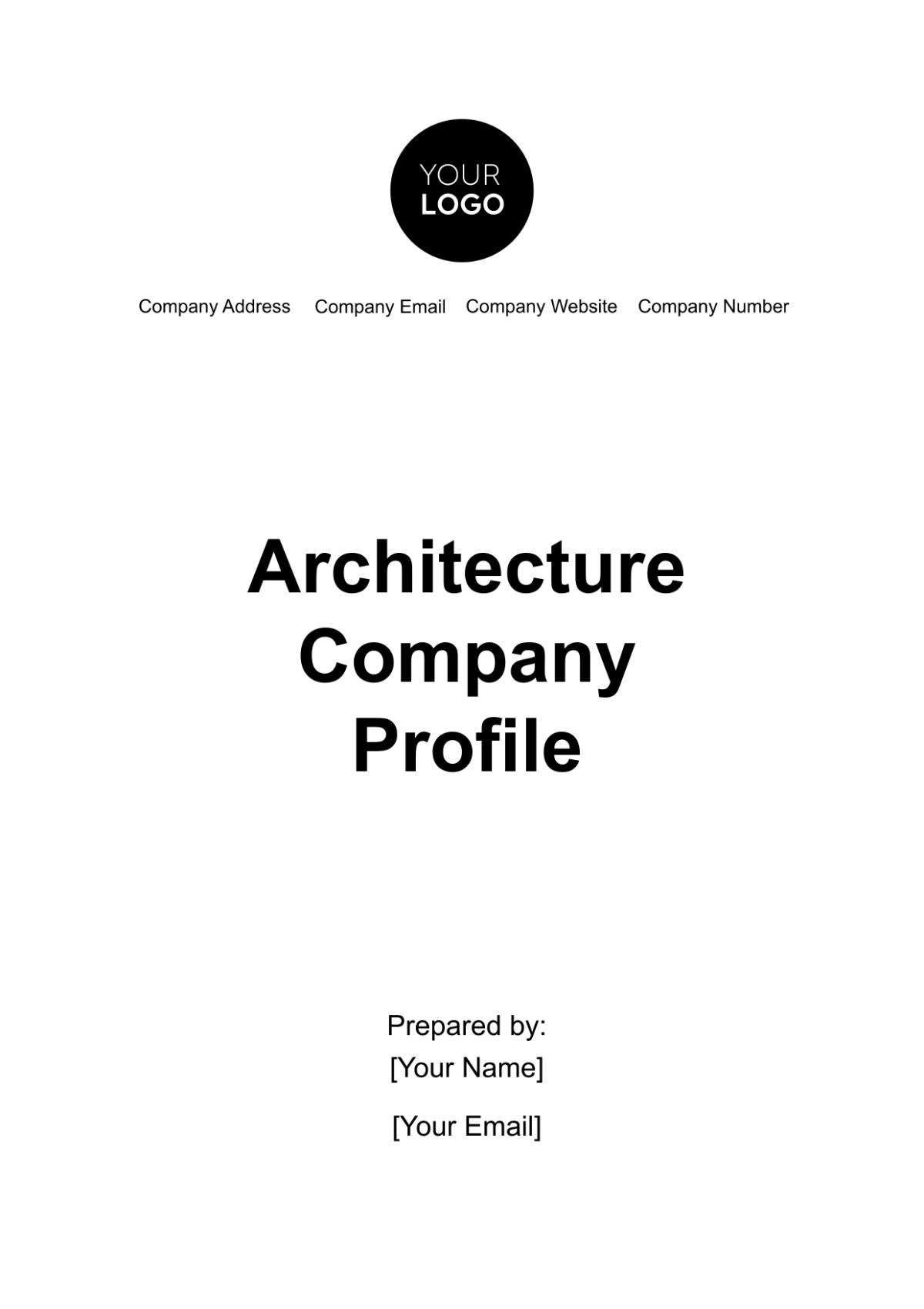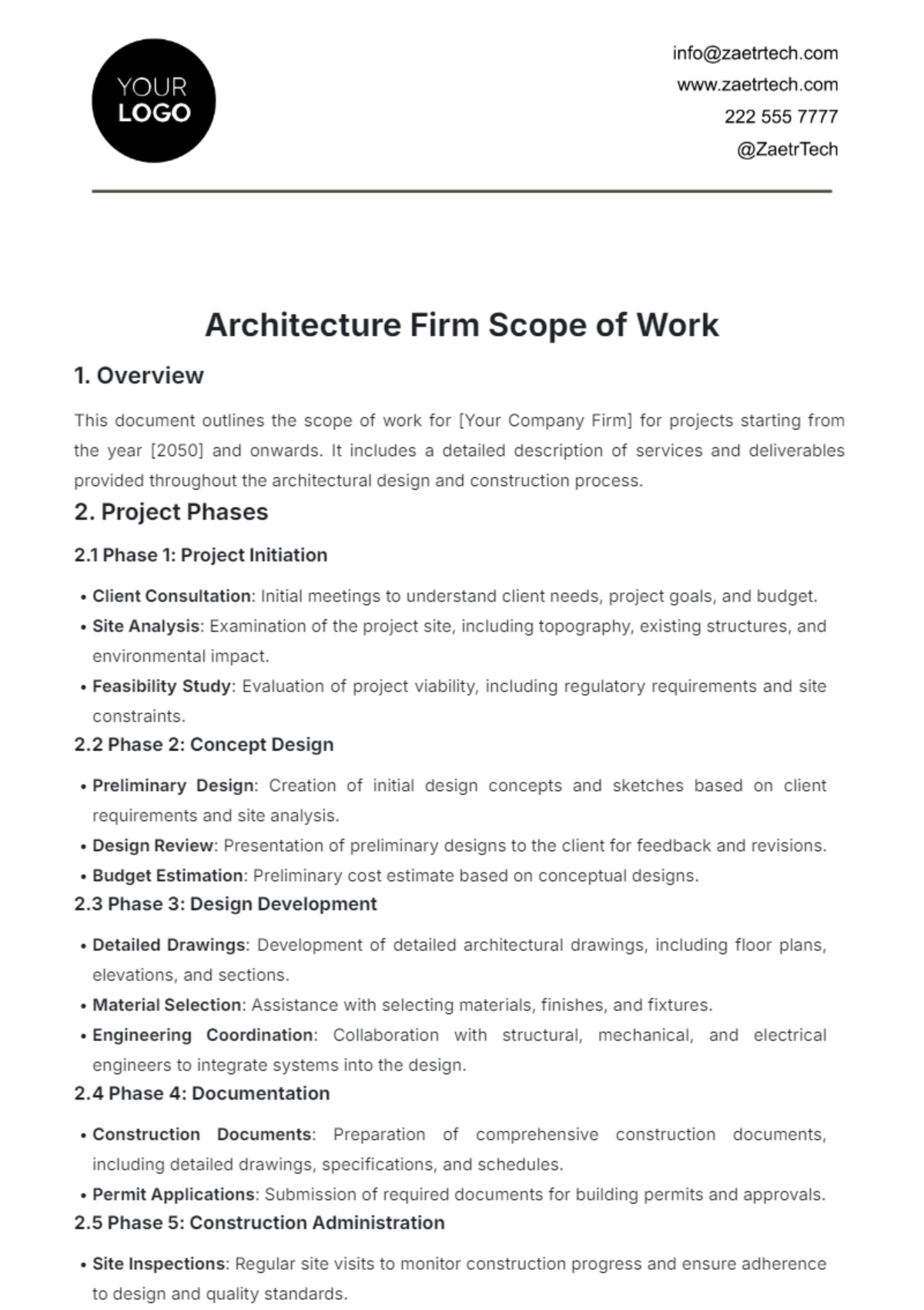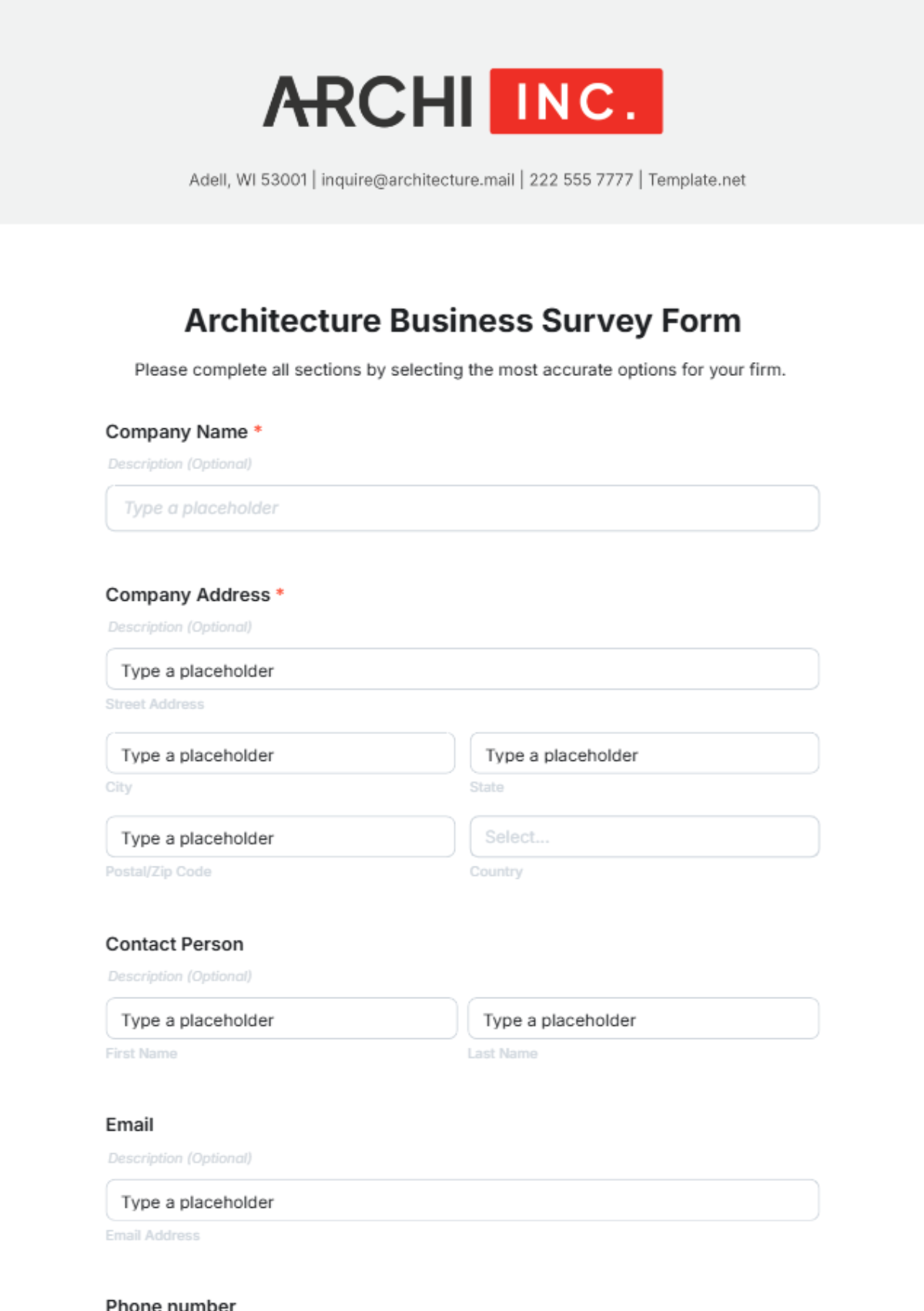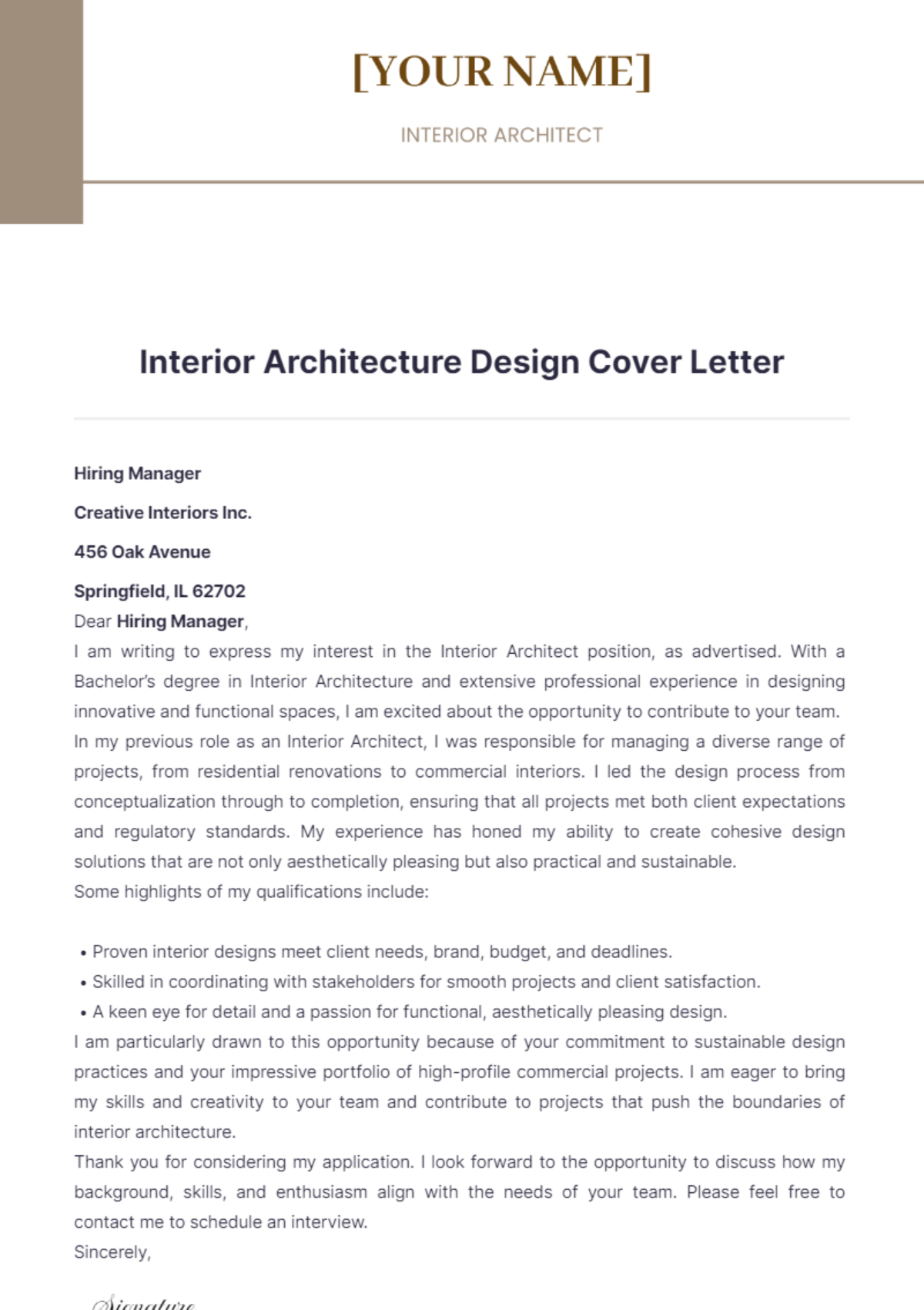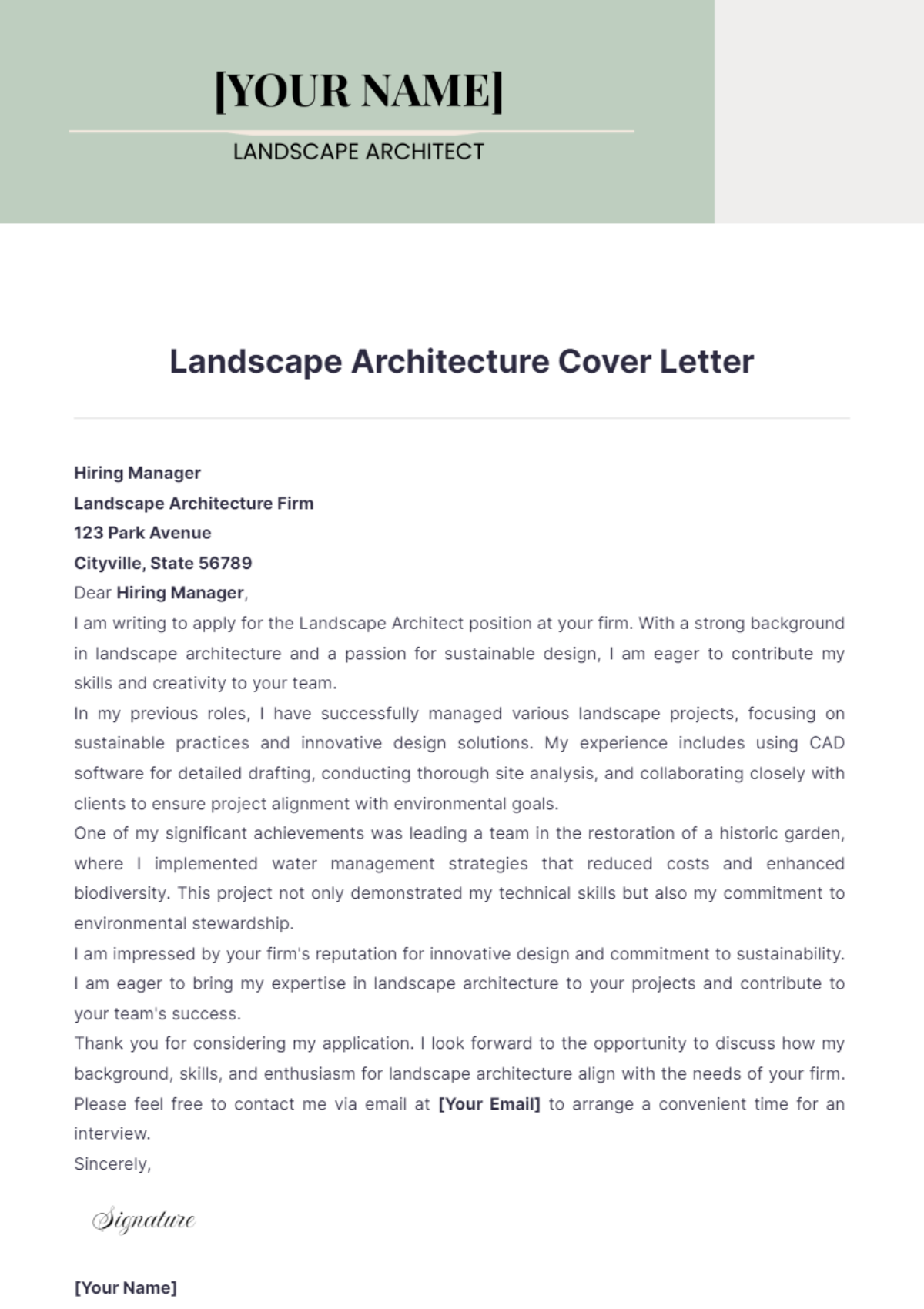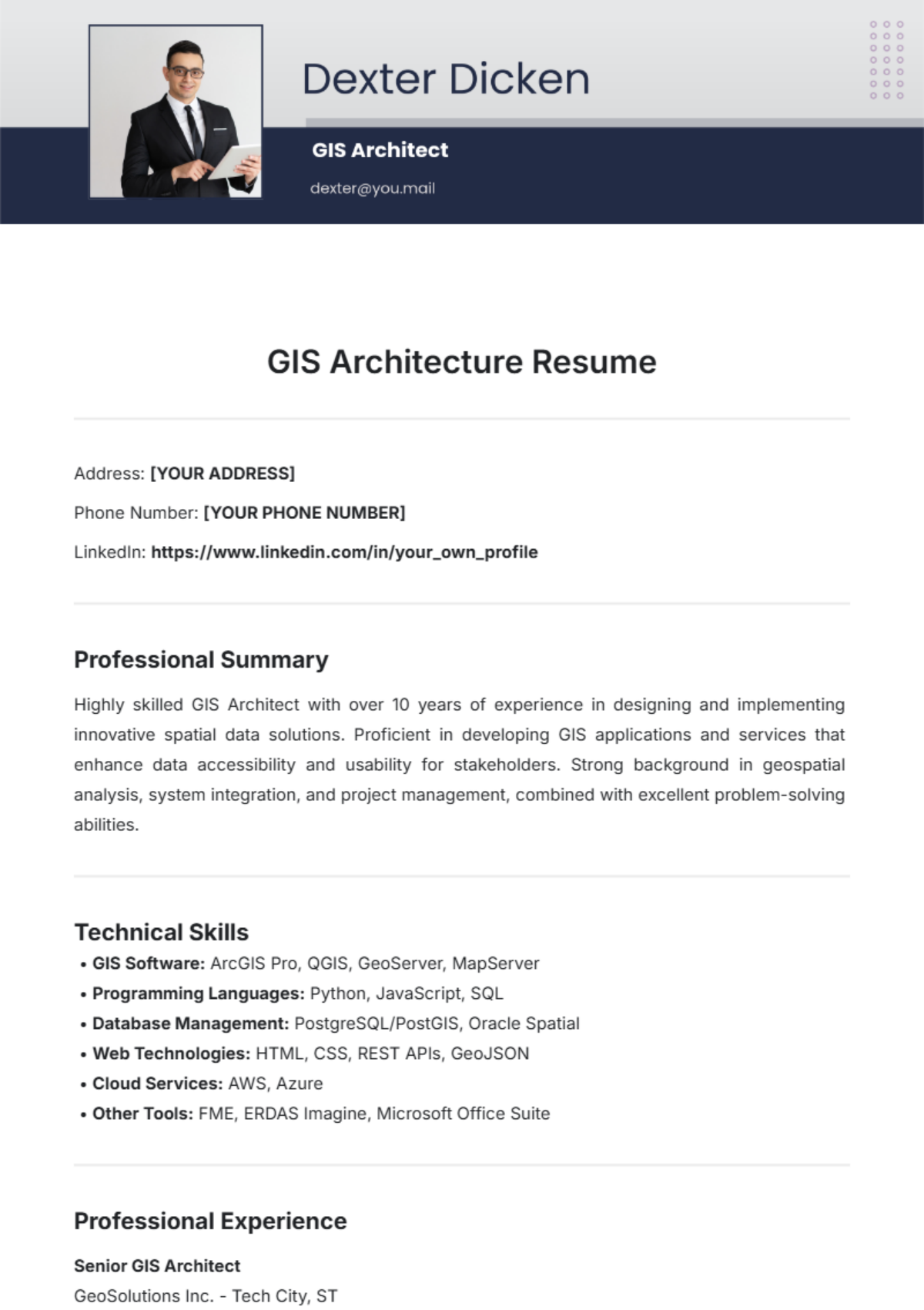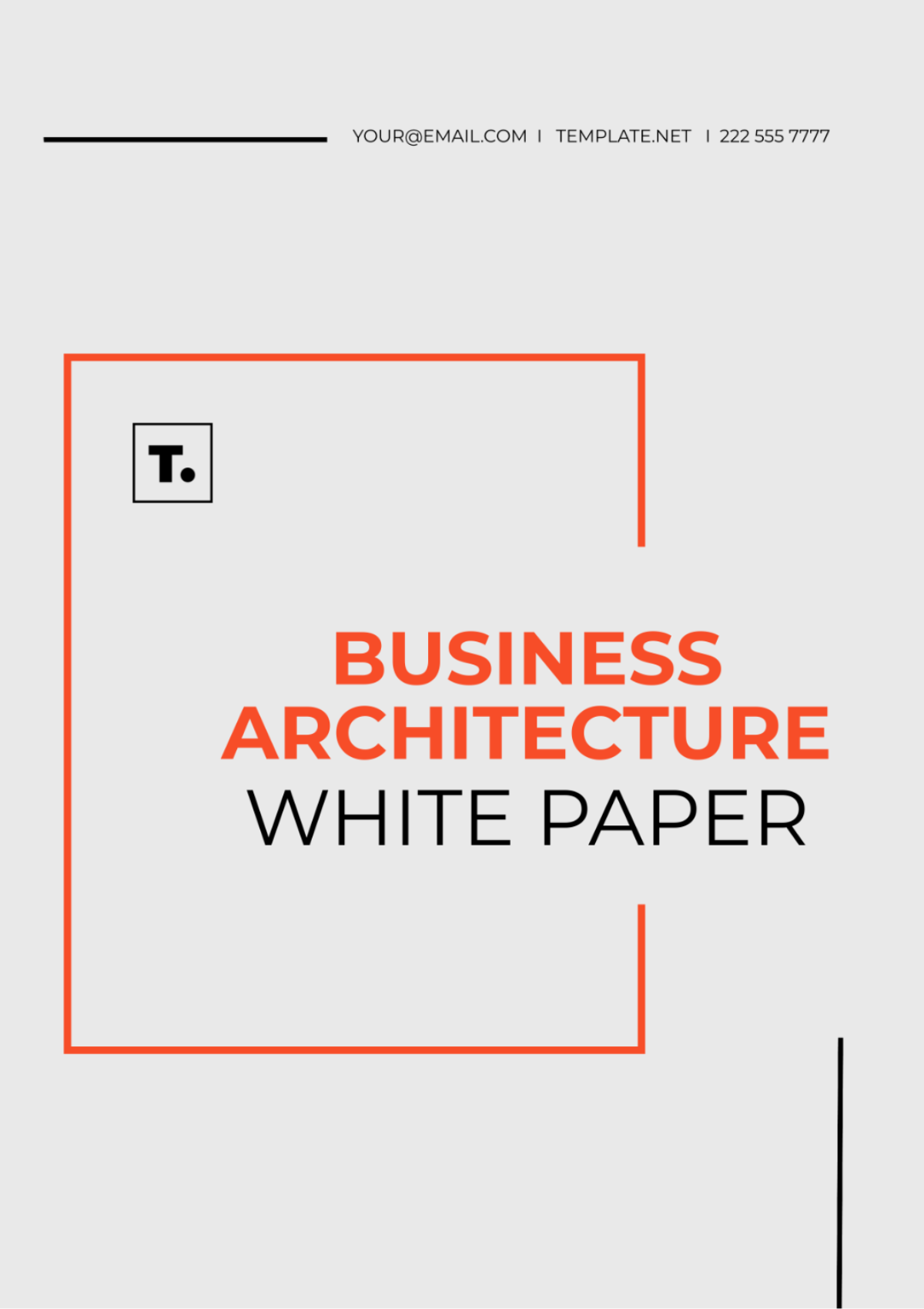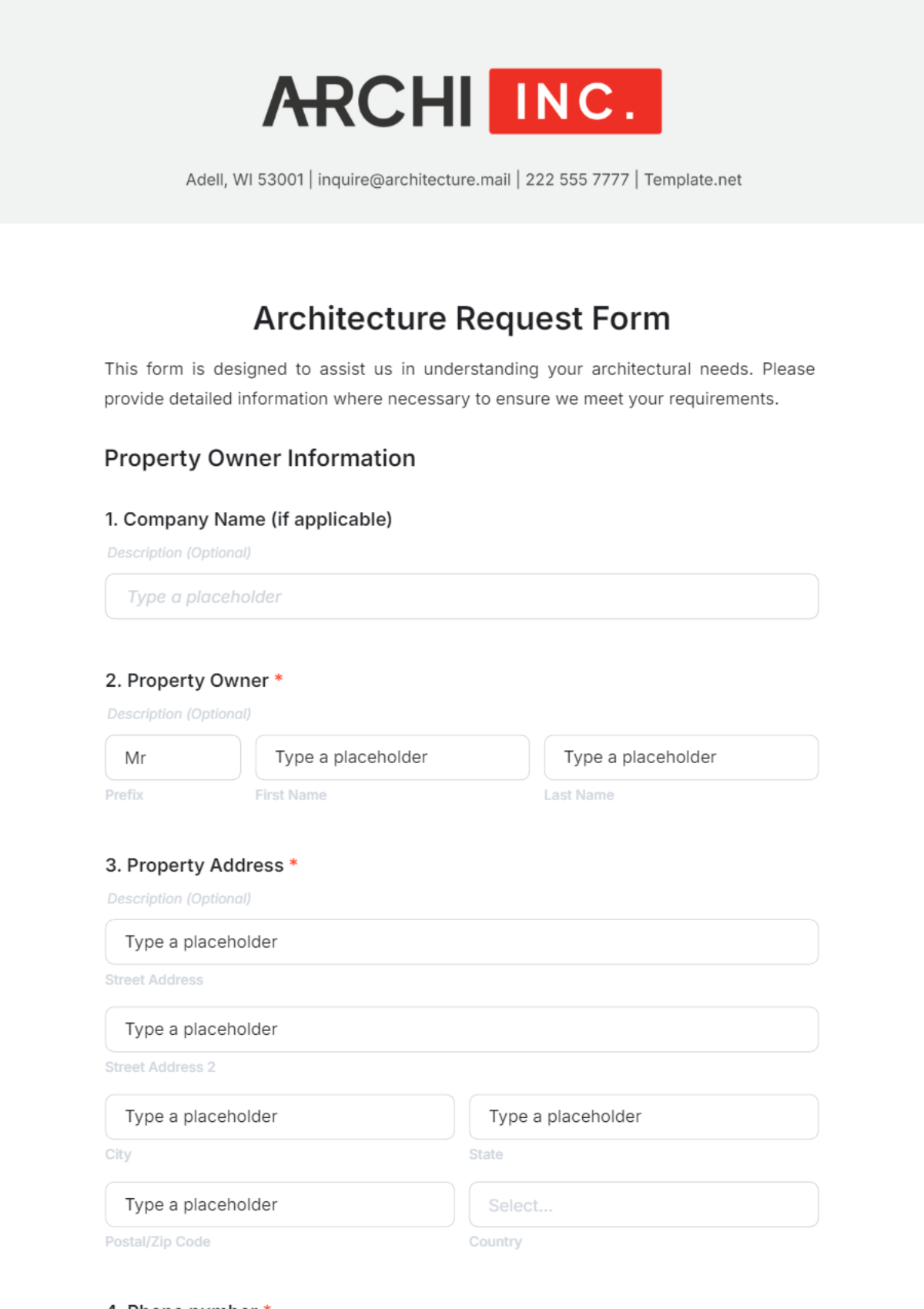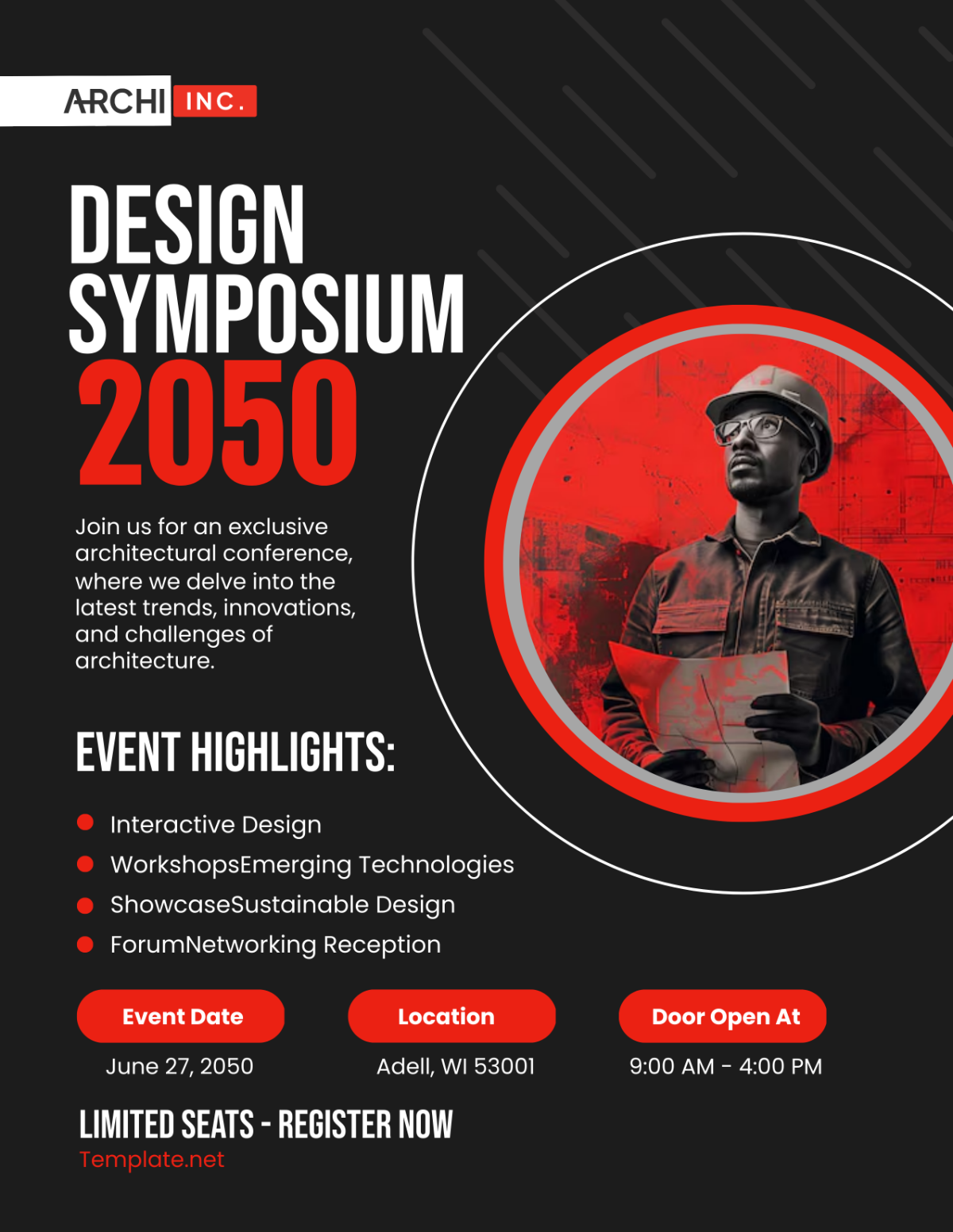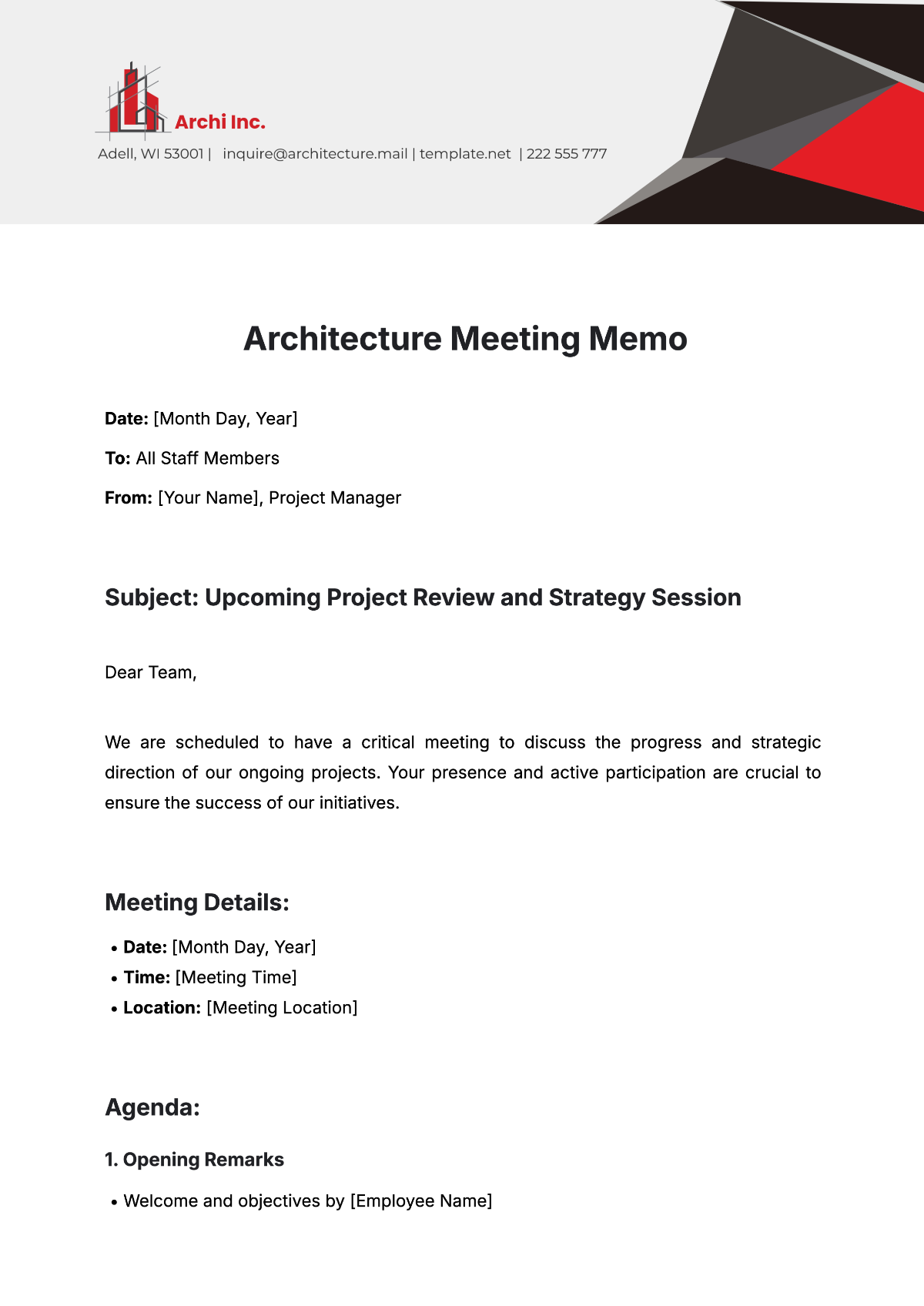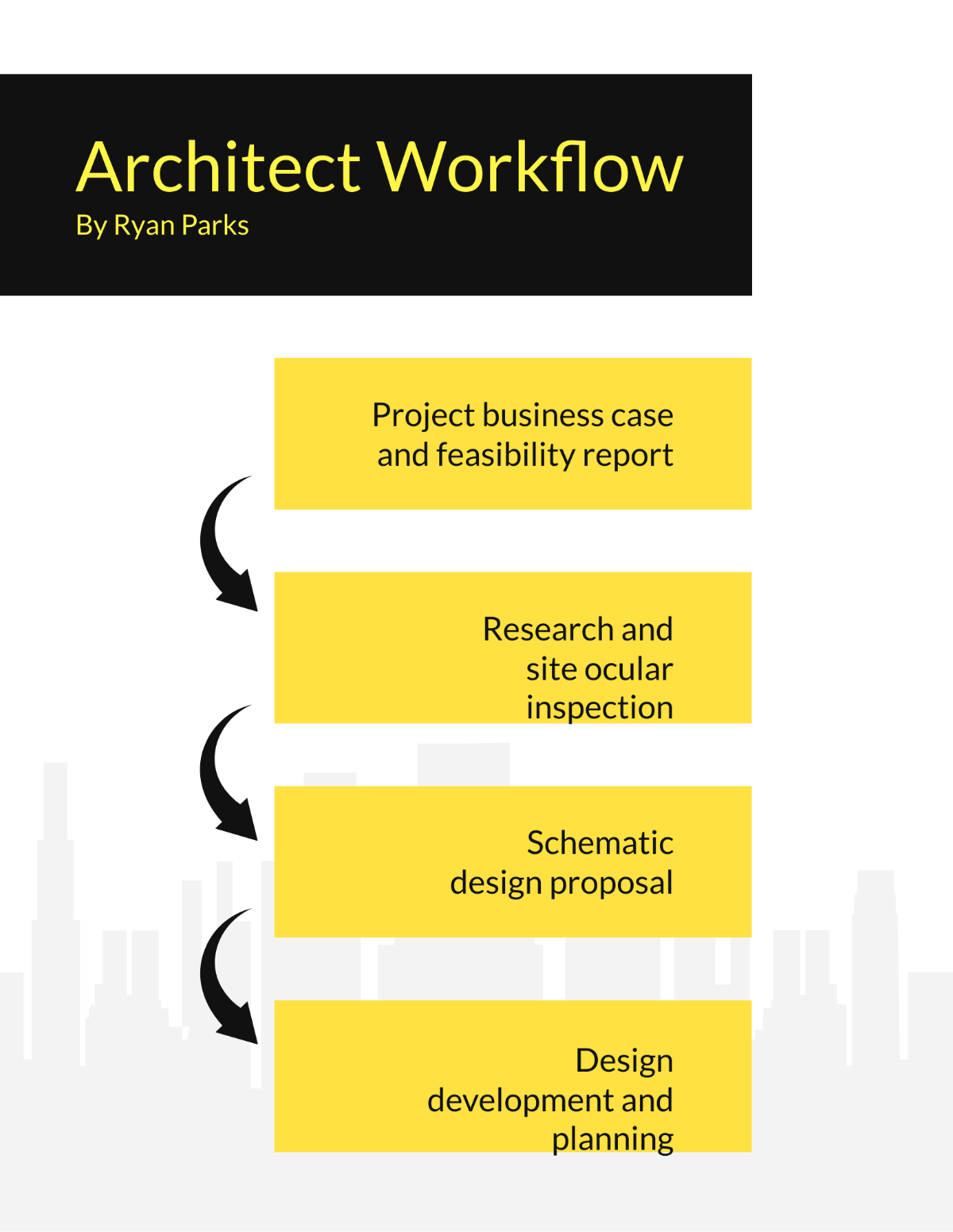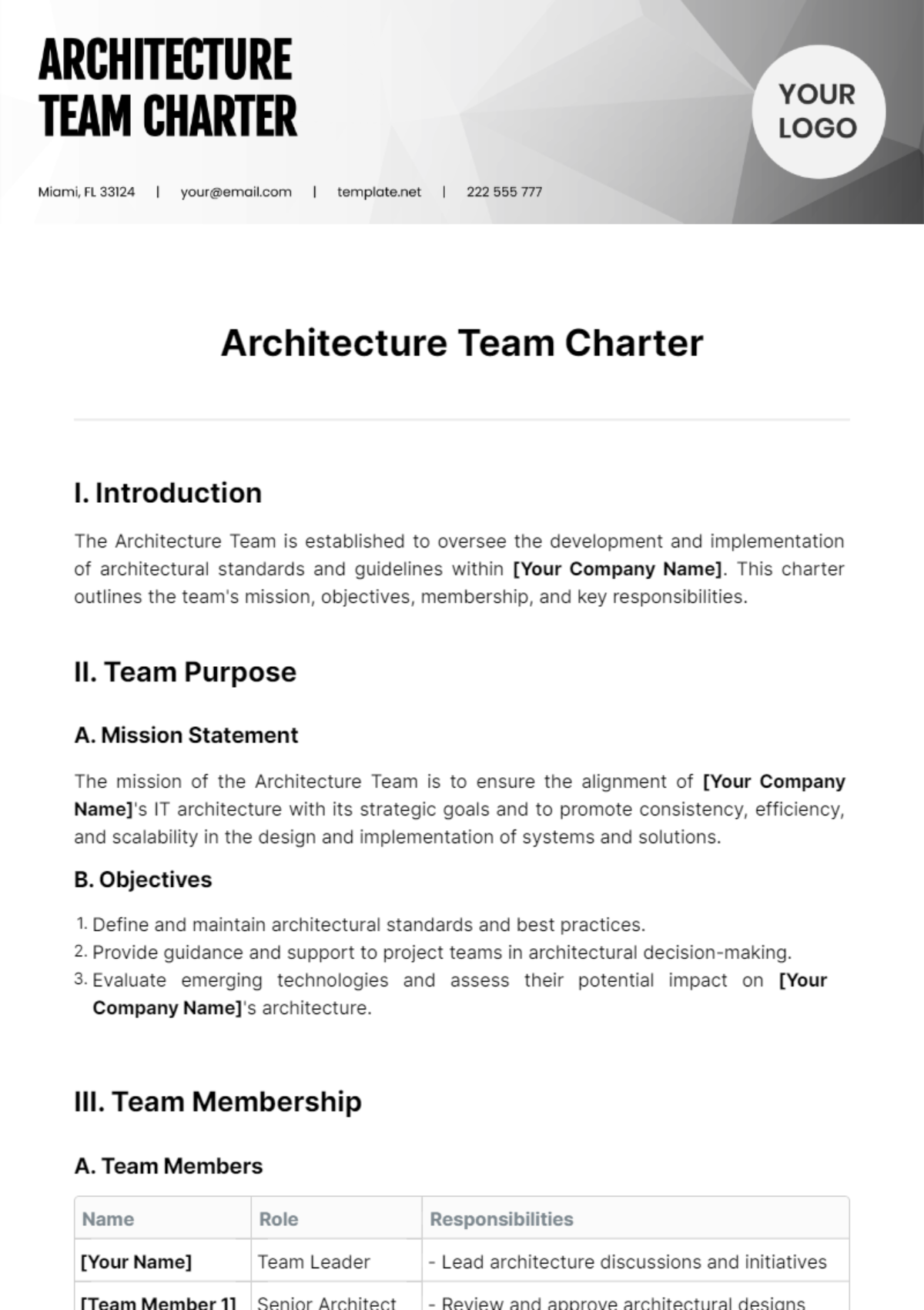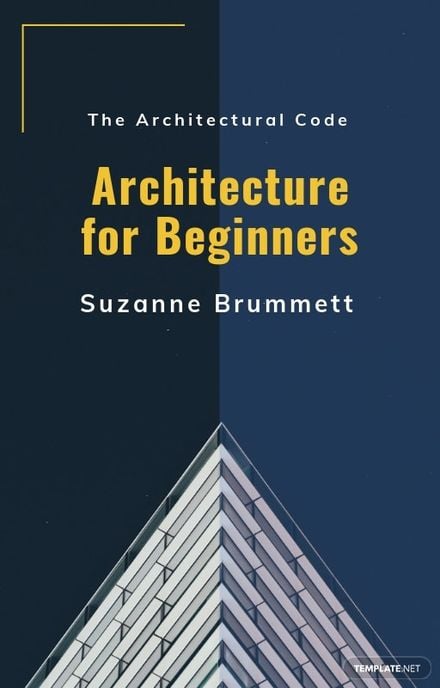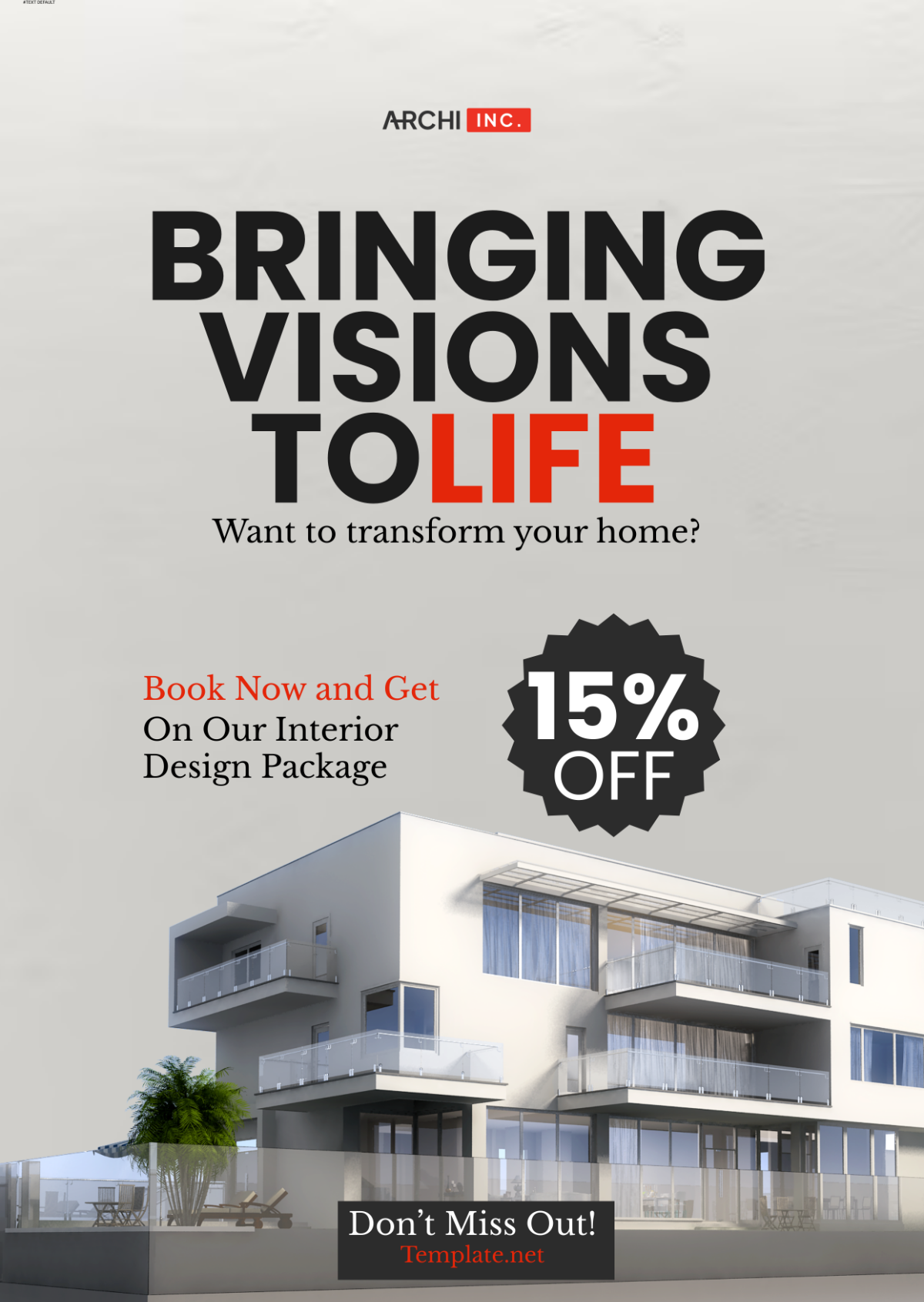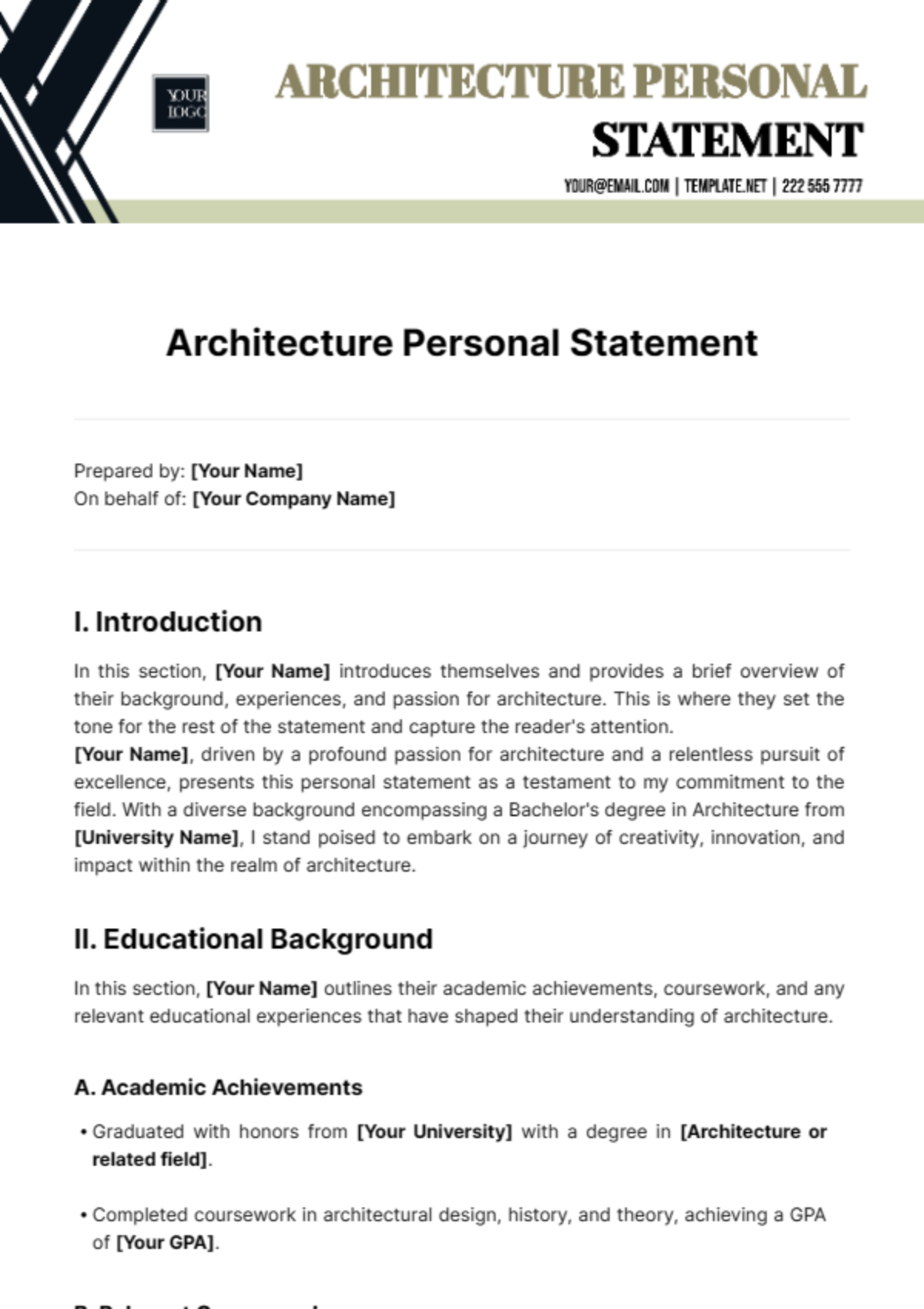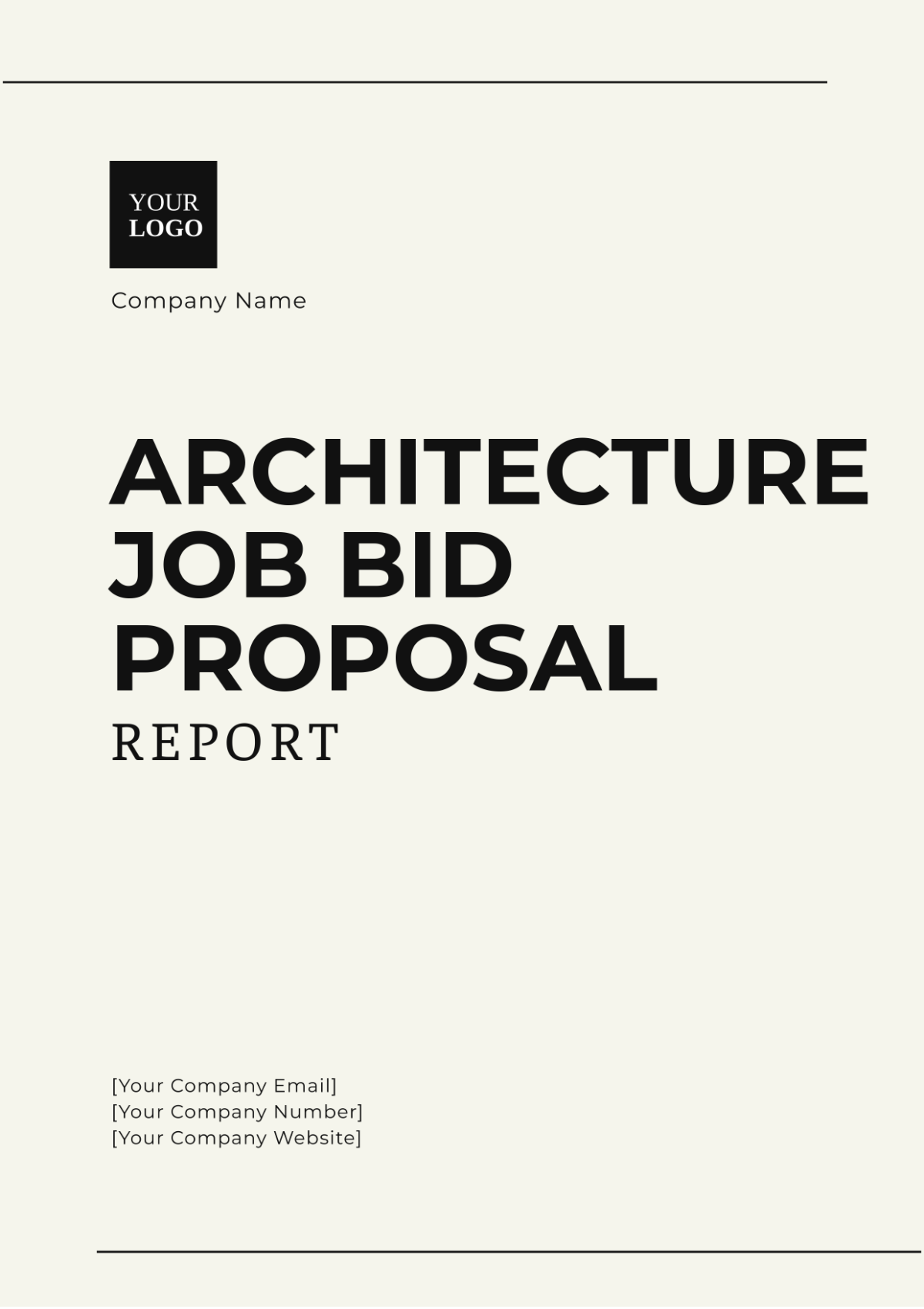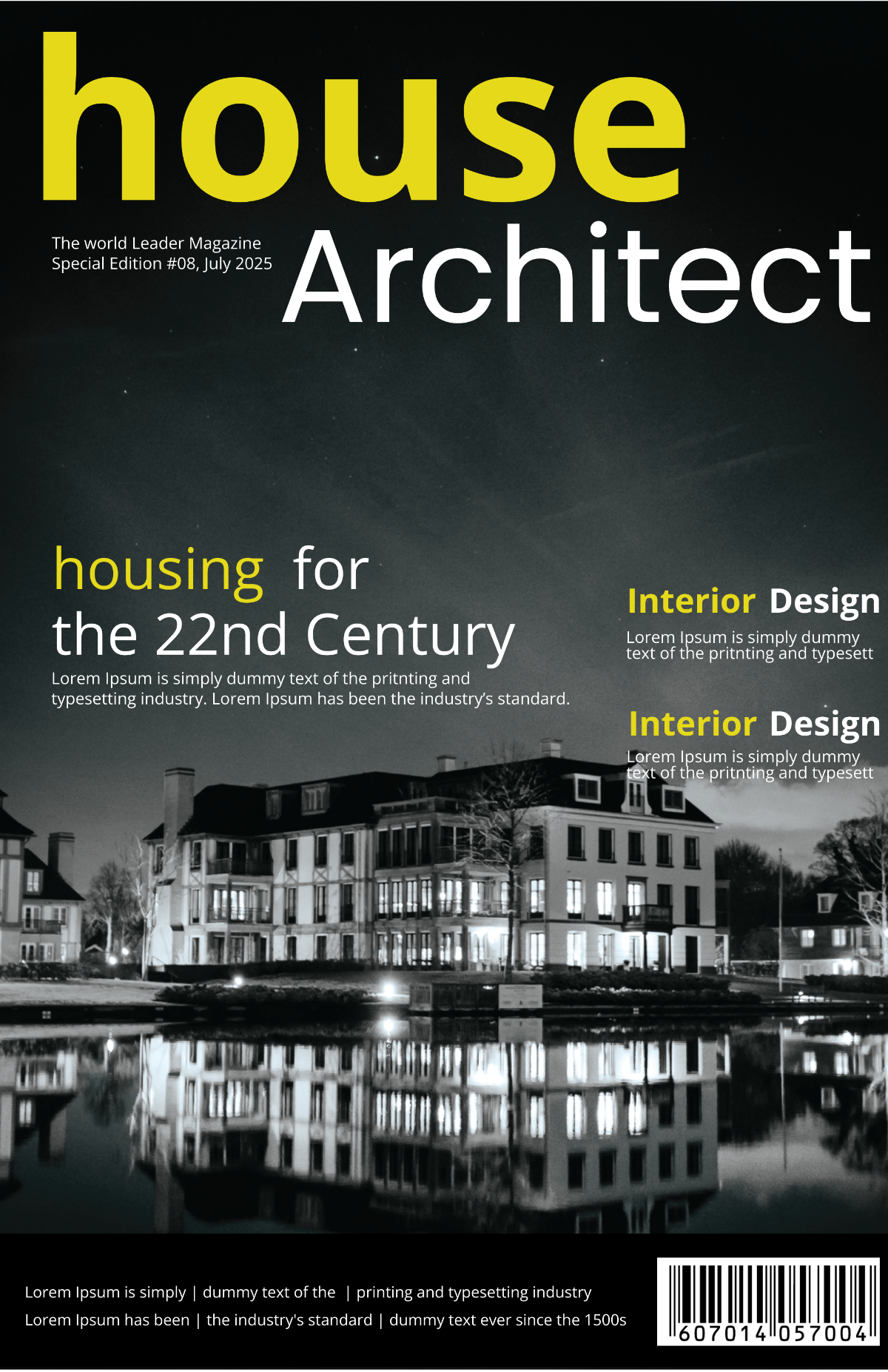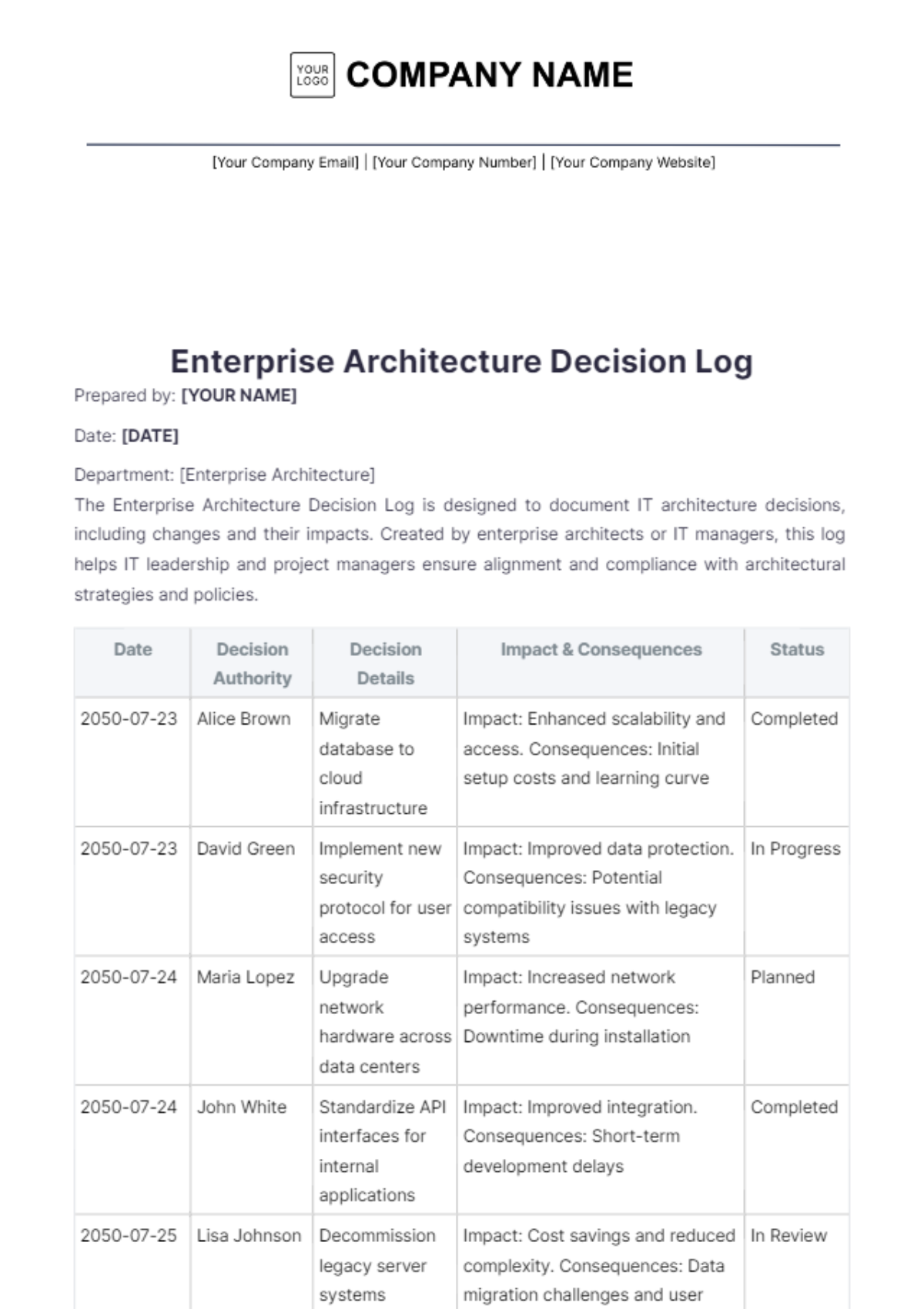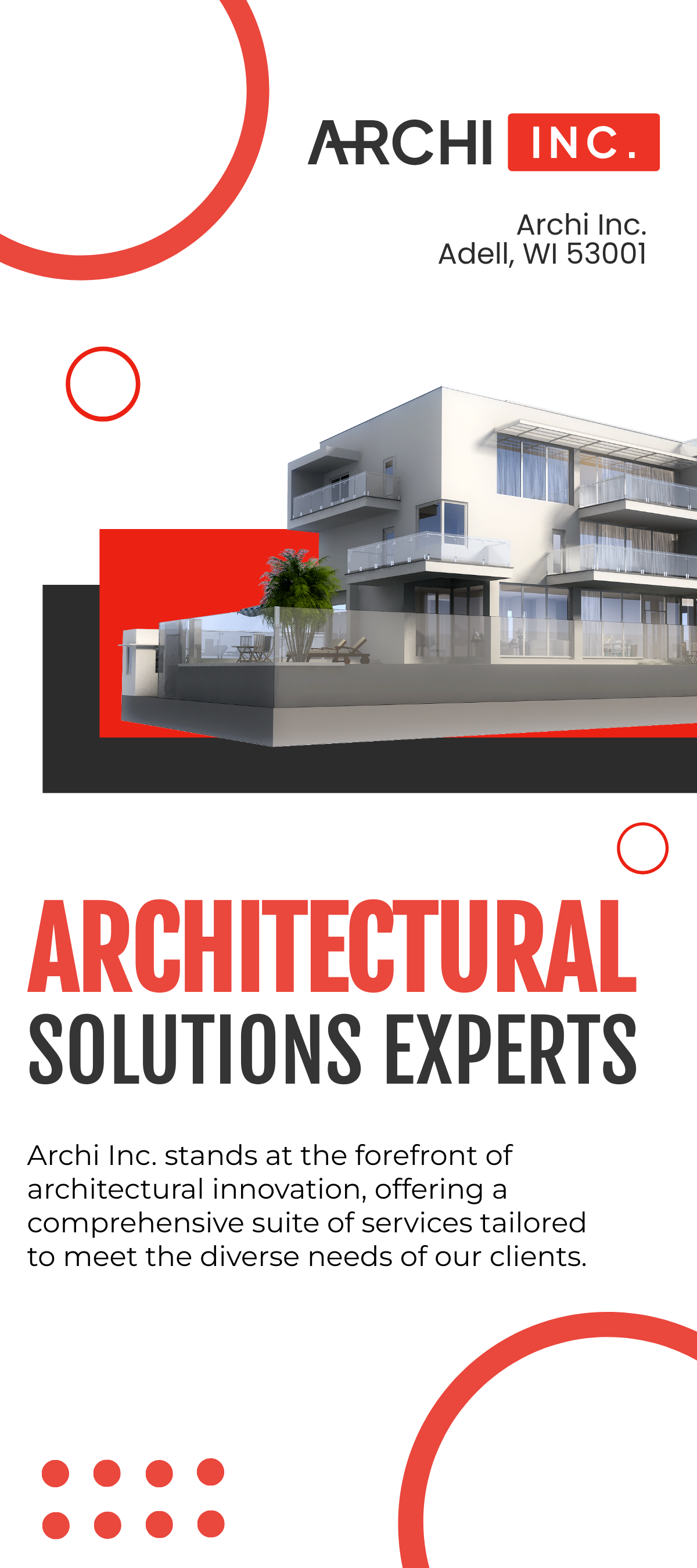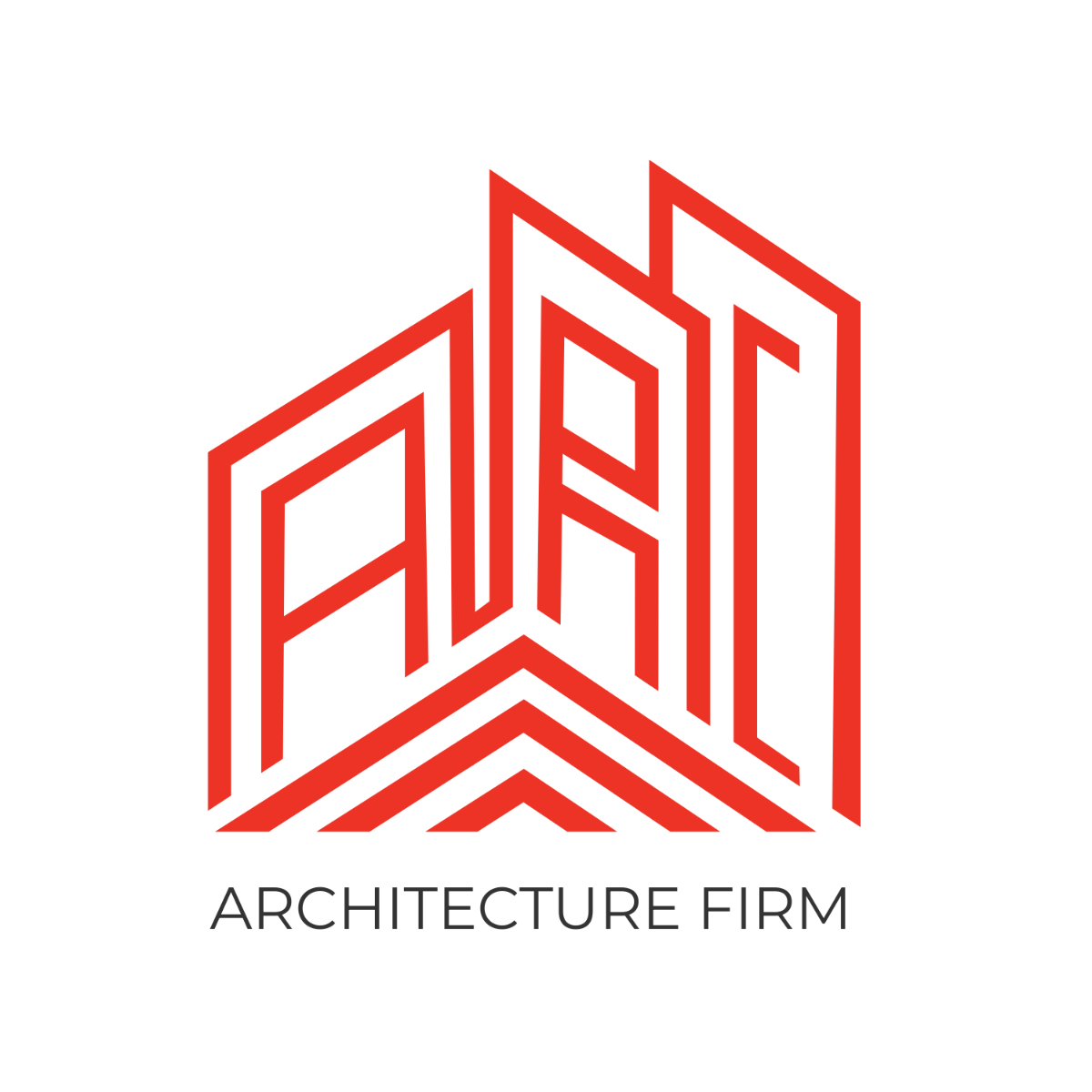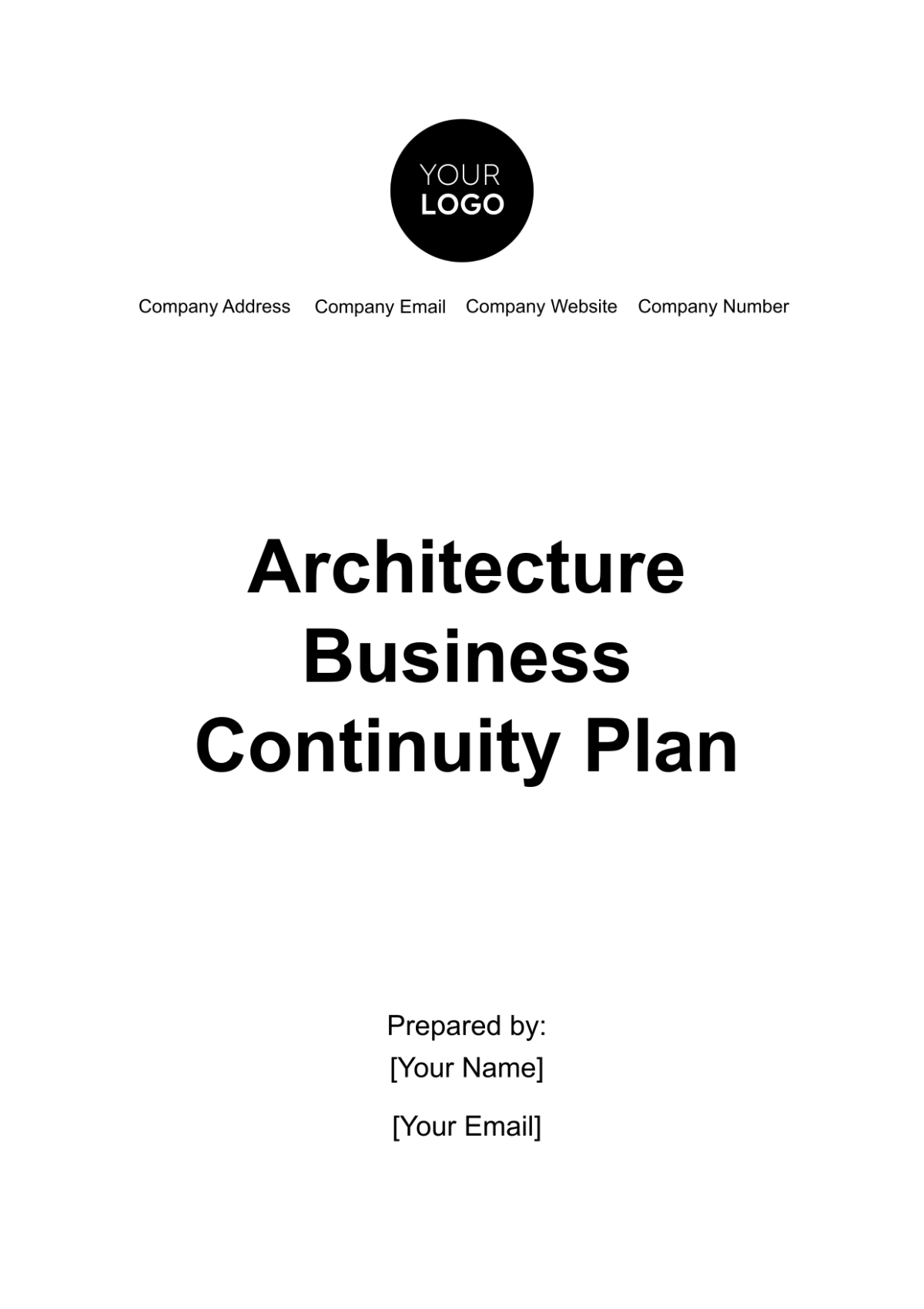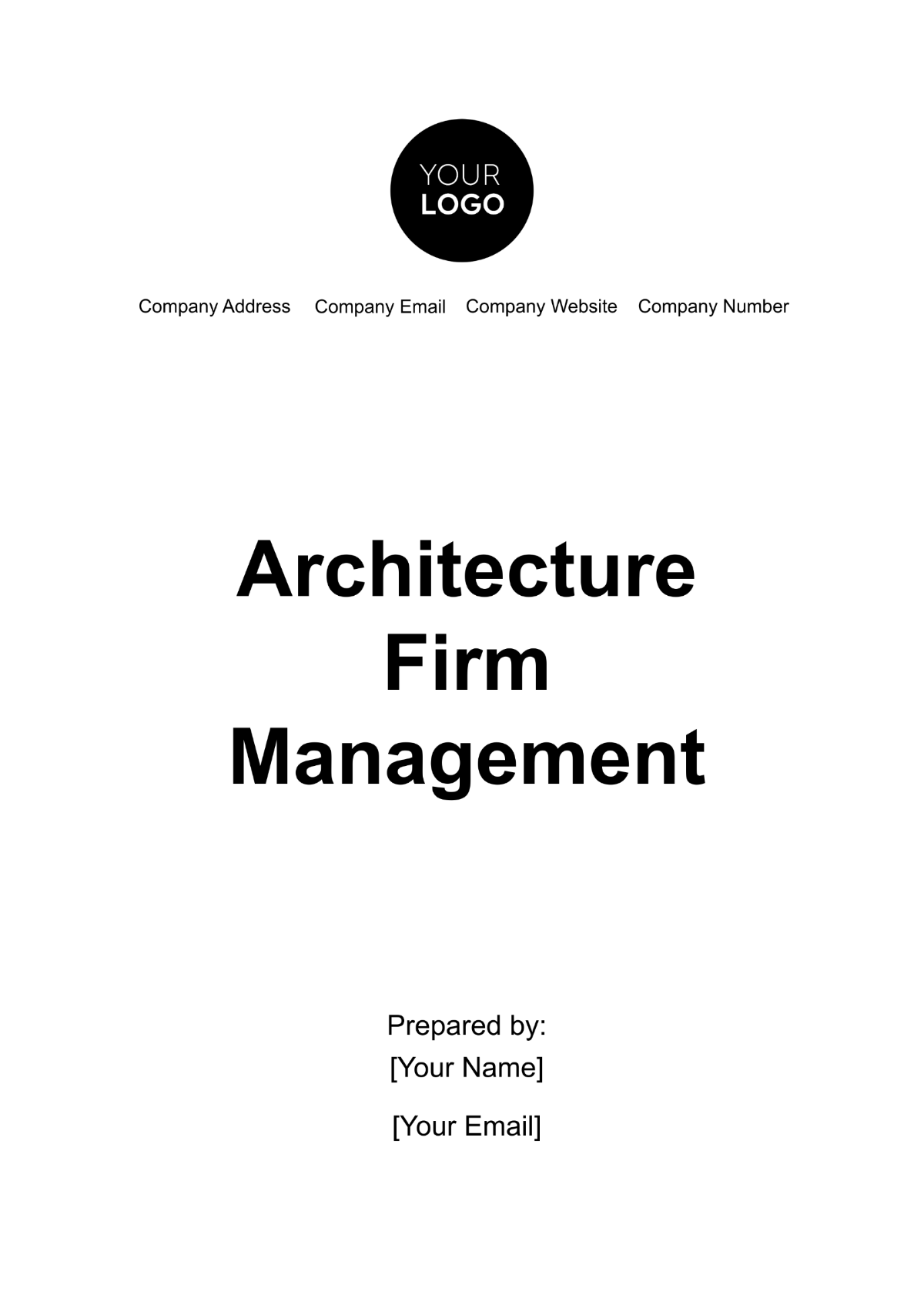I. Introduction
At [Your Company Name], our Architecture Project Strategy embarks on a mission to redefine the architectural landscape by pioneering innovative and sustainable solutions tailored to the precise needs and environmental responsibilities of our clients. This strategic framework is meticulously crafted to align with the cutting-edge industry standards and technological advancements, thereby fostering energy efficiency and minimizing environmental footprints. Our commitment is to not only meet but exceed the expectations of modern architecture, ensuring that each project is a testament to our dedication to sustainability and innovation.
We prioritize a collaborative approach from the very inception of the project, engaging clients in every phase to ensure that the functional requirements and aesthetic aspirations are seamlessly integrated into our architectural designs. Through our systematic project management processes, we meticulously plan and monitor each phase, ensuring timelines are adhered to and budgets are maintained. Our strategic implementation focuses on delivering high-quality outcomes by leveraging the latest tools and methodologies, which enhances the overall project efficiency and effectiveness.
To ensure the continual improvement and relevance of our strategies, we incorporate comprehensive feedback mechanisms at various stages of the project lifecycle. This proactive approach allows us to adapt and refine our strategies based on real-time insights and client feedback, thus fostering a dynamic and responsive architectural practice. By upholding these rigorous standards, [Your Company Name] guarantees not only client satisfaction but also architectural excellence that sets new benchmarks in the industry.
II. Objectives
In this section, we outline the fundamental objectives of our Architecture Project Strategy at [Your Company Name]. Our goals focus on delivering innovative and sustainable architectural solutions, aligning with the latest industry standards, and promoting energy efficiency to minimize environmental impact. These objectives ensure that each project not only meets but exceeds the specific needs of our clients while integrating cutting-edge technology and maintaining the highest quality standards within budget and time constraints.
Objective | Description | Strategic Importance |
|---|---|---|
Innovative and Sustainable Solutions | Develop and implement designs that are both innovative in concept and sustainable in execution. | To set industry benchmarks for sustainability and innovation in architectural practices. |
Alignment with Industry Standards | Ensure all projects comply with current and evolving industry standards and regulations. | To maintain legal compliance and industry relevance, enhancing the firm’s credibility and market position. |
Promotion of Energy Efficiency | Integrate energy-efficient technologies and materials in all designs. | To reduce the environmental footprint of our projects and support our clients’ sustainability goals. |
Meeting Client Specific Needs | Tailor each project to the specific functional and aesthetic requirements of the client. | To ensure client satisfaction and foster long-term relationships through personalized service. |
Integration of Technological Advancements | Incorporate the latest technology in our design and construction processes. | To enhance the efficiency, quality, and innovative capacity of our projects. |
Maintenance of Quality Within Budget and Schedule | Manage resources and timelines to deliver high-quality outcomes without exceeding budget limits. | To ensure project profitability and client trust by delivering on promises without compromise to quality. |
This comprehensive table delineates each objective in detail, emphasizing the strategic importance to our firm's operational and ethical standards, ensuring we lead the way in architectural excellence.
III. Research and Collaboration
Our Architecture Project Strategy at [Your Company Name] places a strong emphasis on comprehensive research and effective client collaboration. We initiate our projects with in-depth discussions to capture the specific needs and preferences of our clients, ensuring that the final designs are both functional and visually appealing. This section outlines our systematic approach to maintaining open communication lines and adapting our designs throughout the project lifecycle to meet each client’s unique requirements.
Component | Description | Purpose |
|---|---|---|
Client Engagement | Initial and ongoing discussions with clients to gather specific needs. | To tailor designs that reflect client visions accurately. |
Functional & Aesthetic Research | Research on latest trends and technologies in functional and aesthetic design. | To ensure the designs are contemporary and practical. |
Continuous Communication | Regular updates and feedback sessions with clients. | To refine designs based on client feedback and changes. |
Collaborative Decision-Making | Joint decisions made with clients during key project milestones. | To ensure client involvement and satisfaction. |
Adaptation and Refinement | Revising plans and designs as project progresses and new information arises. | To keep the project aligned with client expectations and industry standards. |
IV. Project Management Processes
At [Your Company Name], our project management processes are structured to ensure efficiency and excellence in every phase of our architectural projects. From initiation to closeout, our methodical approach involves detailed planning, continuous monitoring, and strategic resource allocation, guaranteeing that each project is completed on schedule and within budget constraints. Below is a breakdown of our project management framework, detailing each phase’s role in achieving high-quality outcomes and adhering to our Architecture Project Strategy.
Phase | Activities | Outcome |
|---|---|---|
Project Initiation and Planning | Establish project scope, resources, and timelines. | Sets a clear roadmap and aligns expectations. |
Design and Development | Detailed design creation and client approvals. | Develops detailed, client-approved designs ready for implementation. |
Construction and Execution | Oversee the construction process, ensuring adherence to designs and specifications. | Transforms designs into tangible structures while managing challenges. |
Monitoring and Quality Assurance | Continuous monitoring and adjustments as needed to maintain project standards. | Ensures the highest quality and compliance throughout the project lifecycle. |
Project Closeout and Evaluation | Final evaluations, client handover, and project retrospectives. | Concludes the project with client satisfaction and insights for future projects. |
This structured project management approach ensures that each phase contributes effectively to the project’s success, maintaining high standards and achieving all milestones within the specified timelines.
V. Feedback Mechanisms
In our Architecture Project Strategy at [Your Company Name], integrating effective feedback mechanisms is crucial for maintaining the highest standards of client satisfaction and architectural excellence. This section details our proactive approach to collecting and utilizing feedback at various stages of the project lifecycle, ensuring our strategies remain dynamic and responsive to both client needs and project developments.
Feedback Method | Implementation Stage | Purpose |
|---|---|---|
Regular Meetings | Throughout all project phases | To discuss progress, gather immediate feedback, and make necessary adjustments. |
Surveys | Post-design and post-construction | To quantitatively assess client satisfaction and gather specific feedback on different aspects of the project. |
Design Reviews | After initial design and final design stages | To ensure designs meet client expectations and functional requirements before moving to construction. |
Construction Reviews | During and post-construction | To monitor construction quality and adherence to plans, and gather feedback for future improvements. |
Post-Project Evaluations | After project completion | To review overall project success, client satisfaction, and identify areas for strategic improvement. |
This systematic feedback collection and analysis allow us to promptly identify and address any issues, refine our processes, and continually improve the quality of our architectural projects. By fostering an ongoing dialogue with our clients and rigorously evaluating our performance, we ensure our projects not only meet but exceed expectations, upholding our commitment to architectural excellence.
VI. Conclusion
At [Your Company Name], our Architecture Project Strategy stands as a beacon of our unwavering commitment to innovation and sustainability in the architectural field. We are dedicated to creating solutions that not only meet but surpass the specific needs of our clients while actively promoting energy efficiency and minimizing environmental impacts. This comprehensive strategy is rooted in meticulous research and enhanced by deep collaboration with our clients, ensuring that each project not only meets but redefines industry standards for functionality and aesthetics.
Our approach is characterized by rigorous project management and dynamic feedback mechanisms that allow us to continually refine and perfect our methodologies. Each phase of our projects is executed with precision, ensuring that we adhere to scheduled timelines and budget constraints while maintaining the highest standards of architectural quality. By integrating the latest technological advancements and sustainable practices, we strive to deliver outcomes that are both innovative and environmentally responsible.
As we move forward, our goal remains to not only meet the immediate needs of our clients but to contribute positively to the built environment for future generations. By consistently applying these strategic principles, we aim to set new benchmarks in the architectural industry, fostering environments that enhance human interaction and environmental sustainability. This strategic commitment ensures that we continue to lead with excellence, pushing the boundaries of what is possible in architecture.
